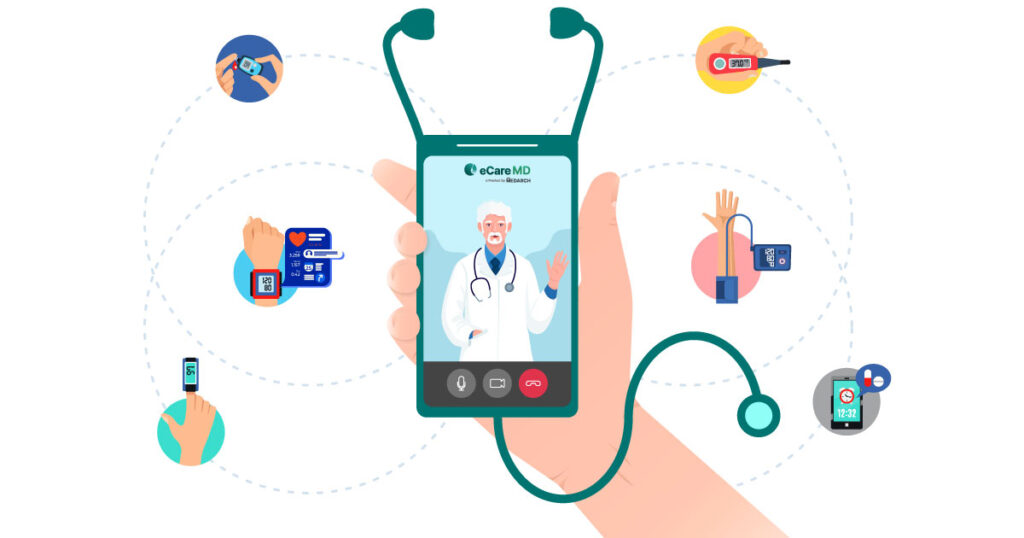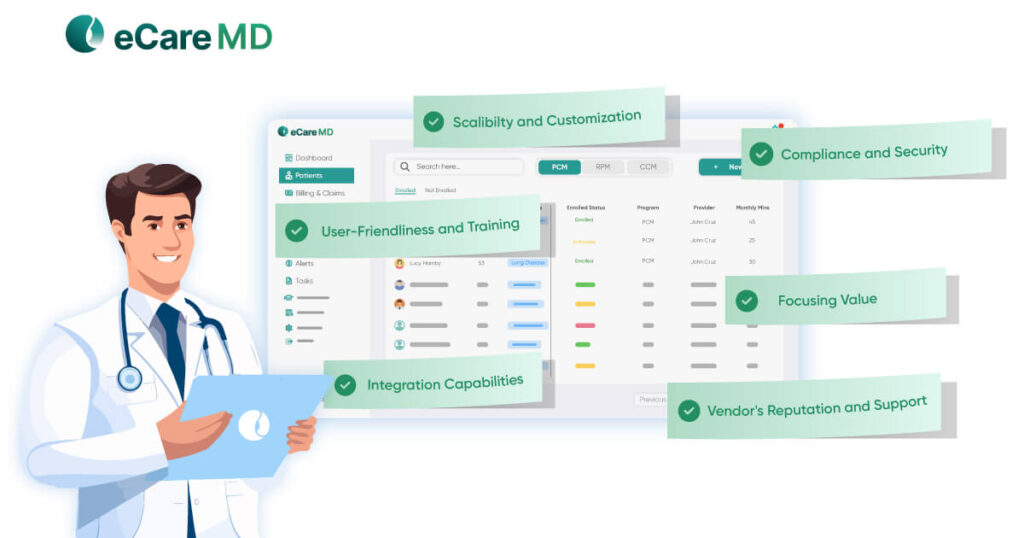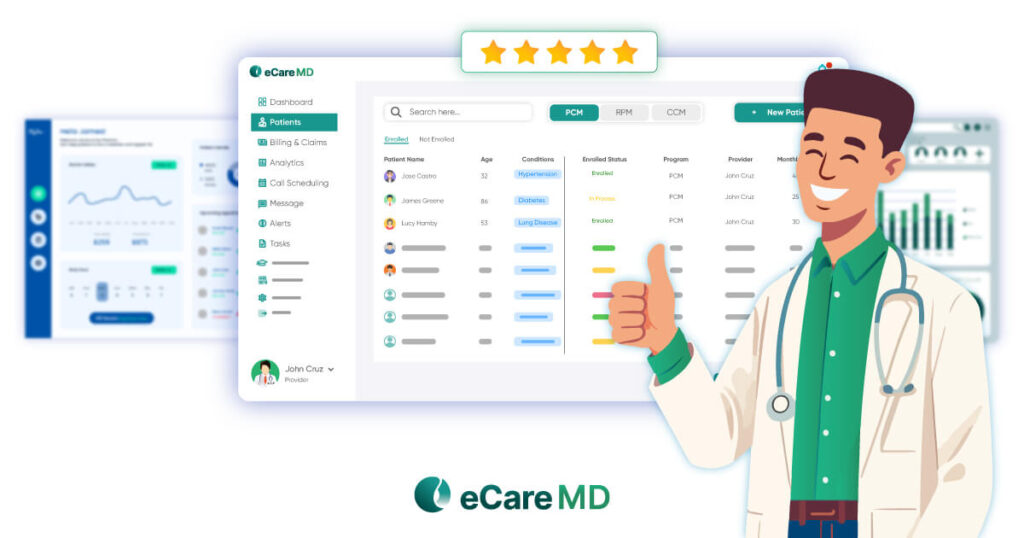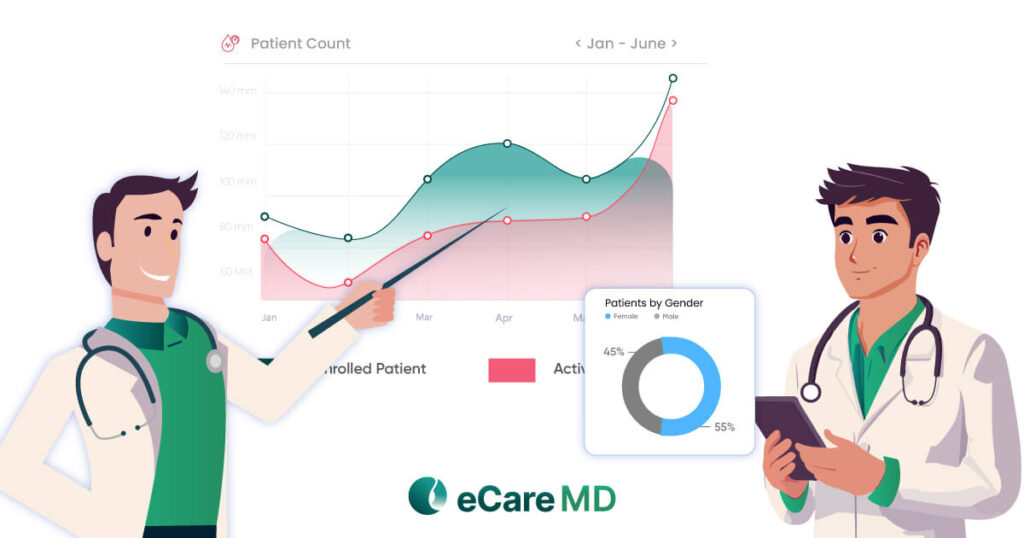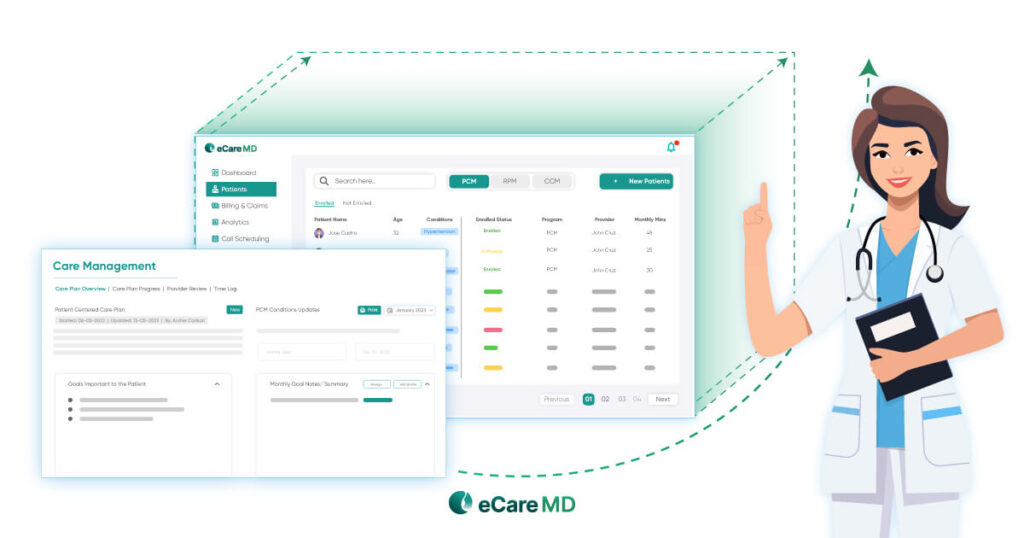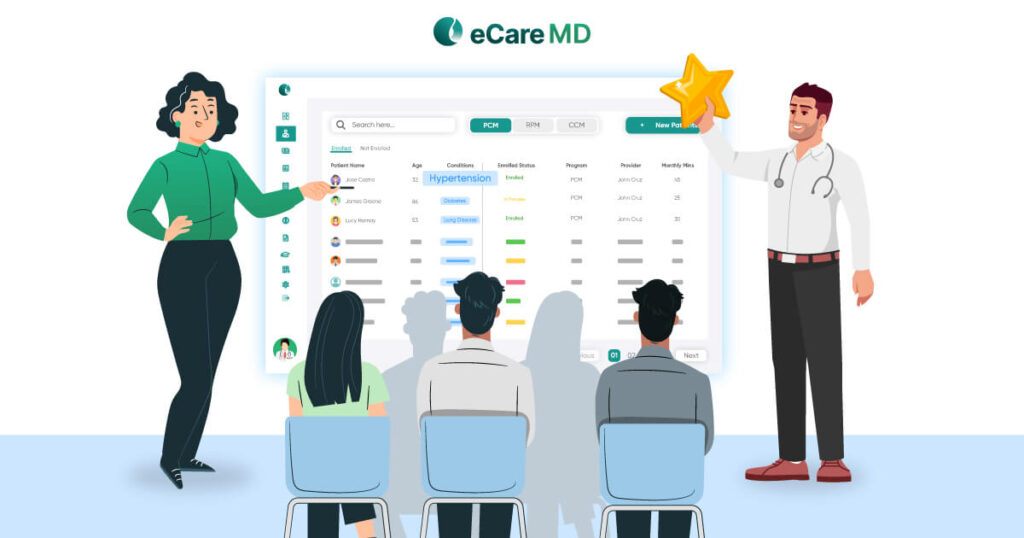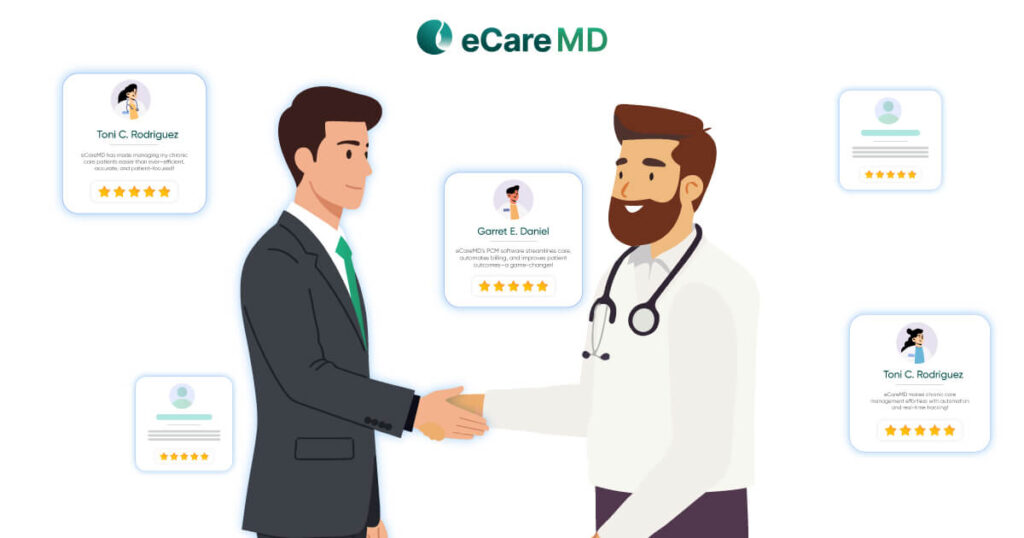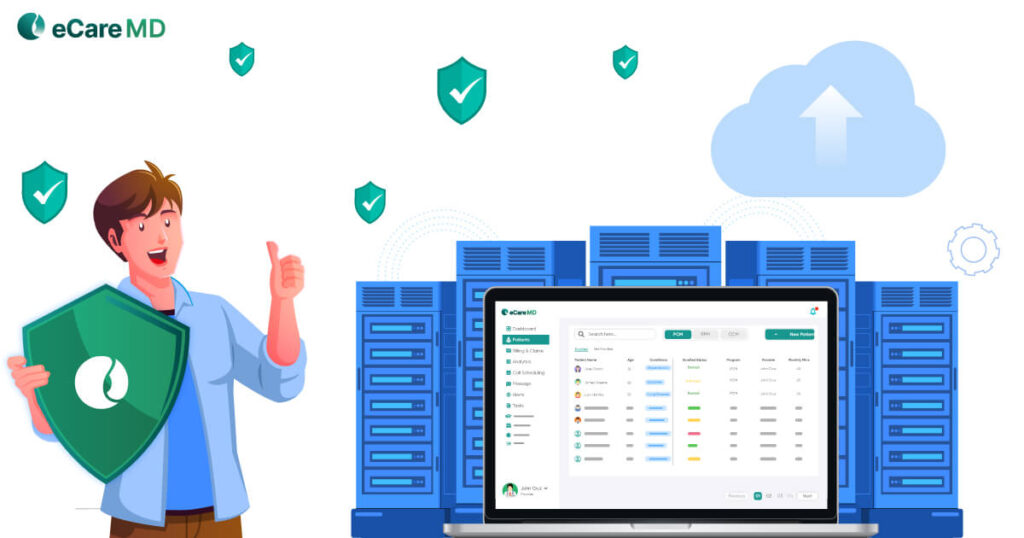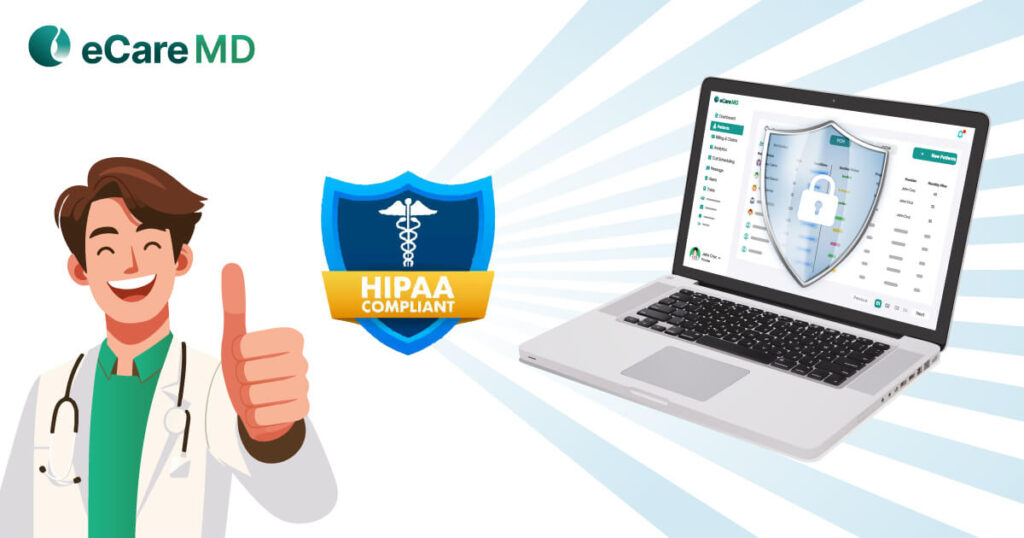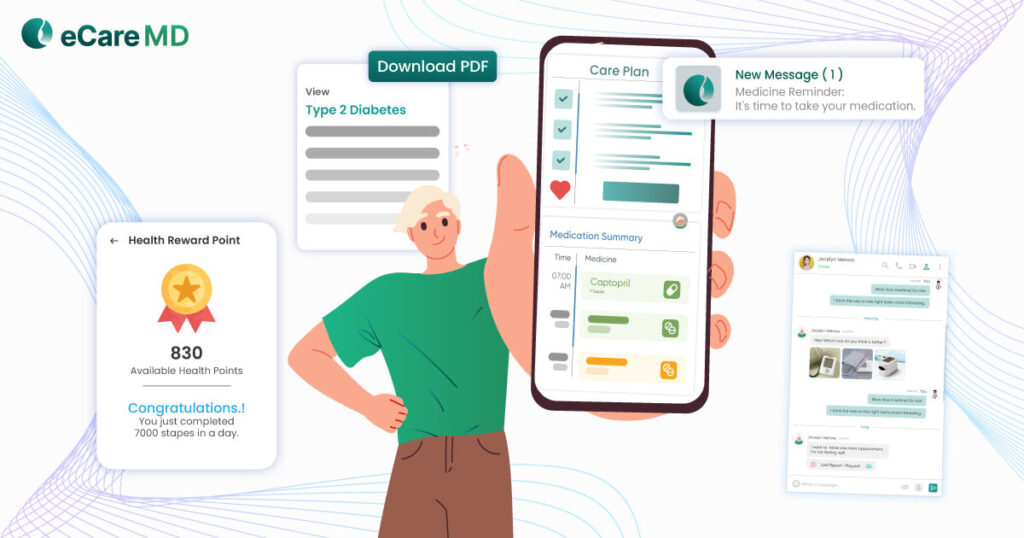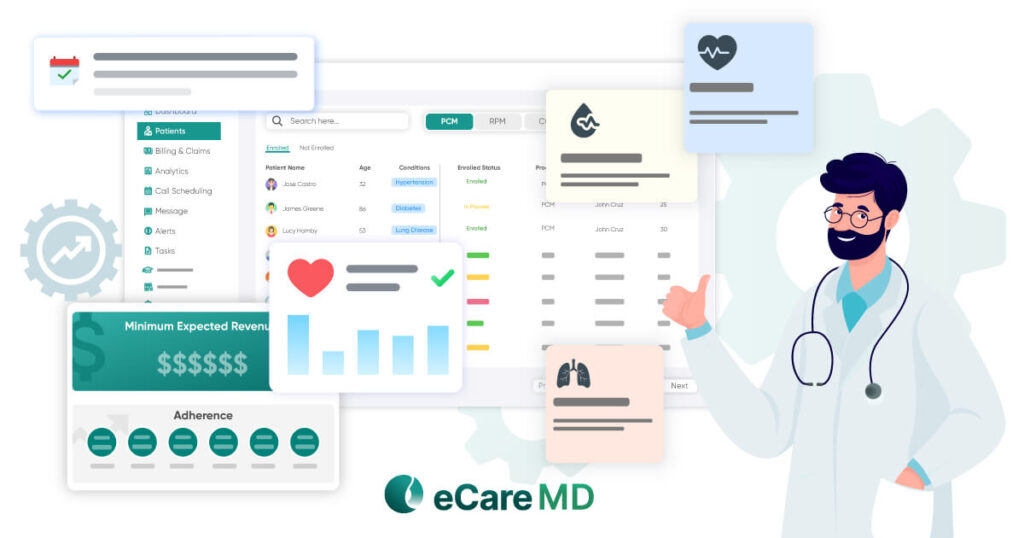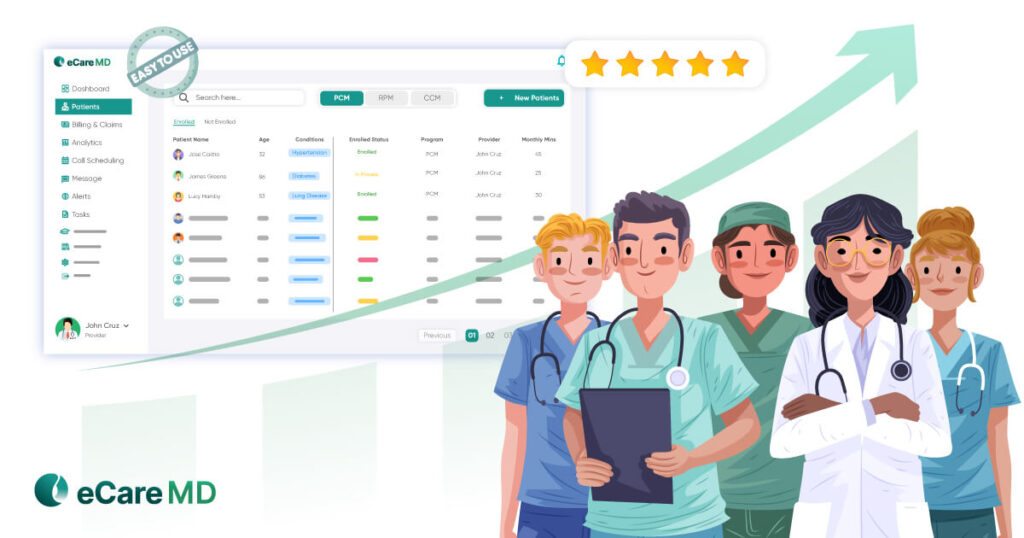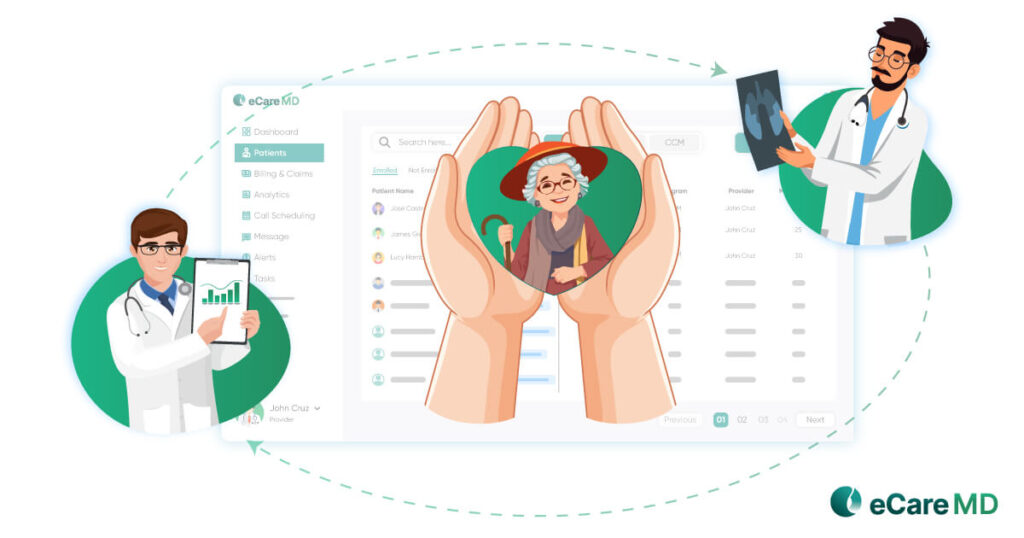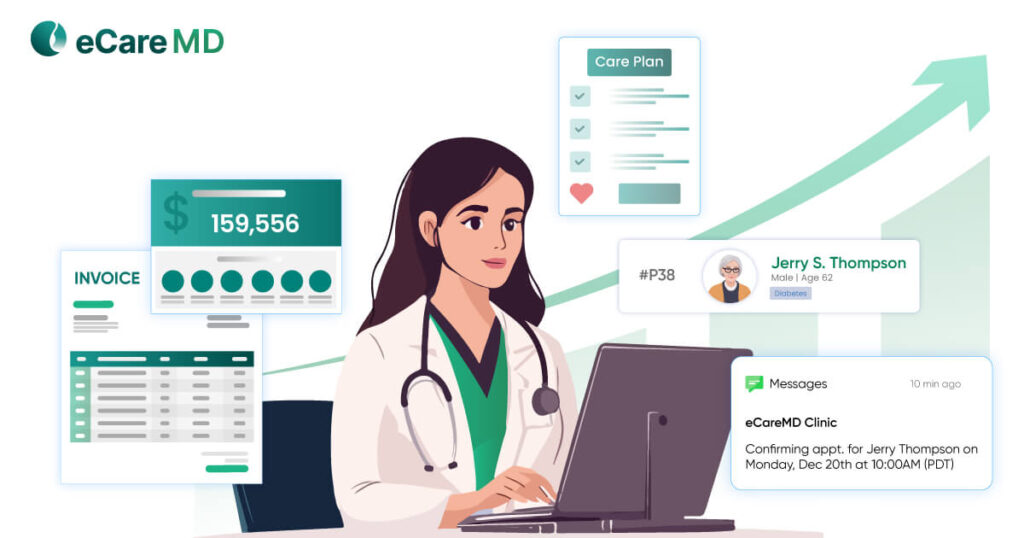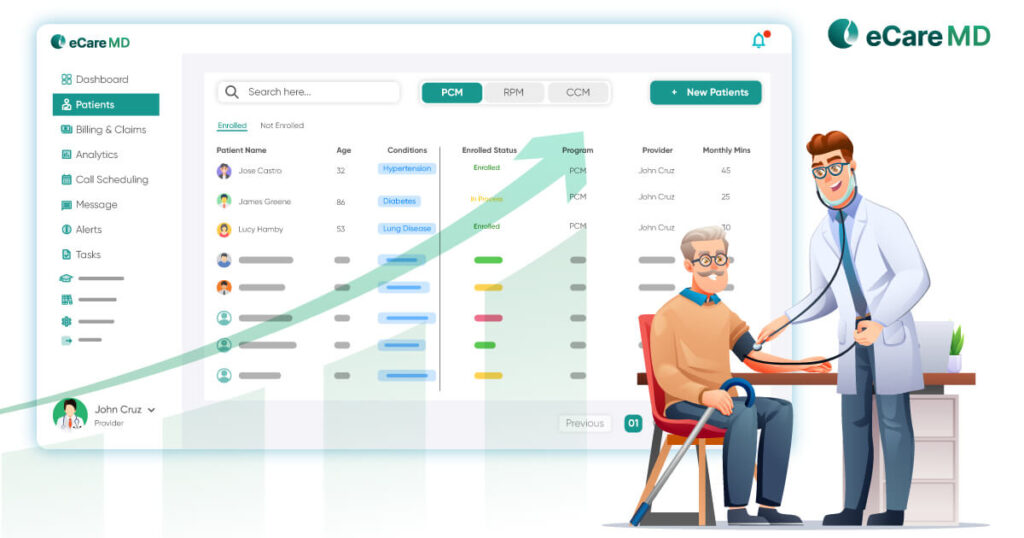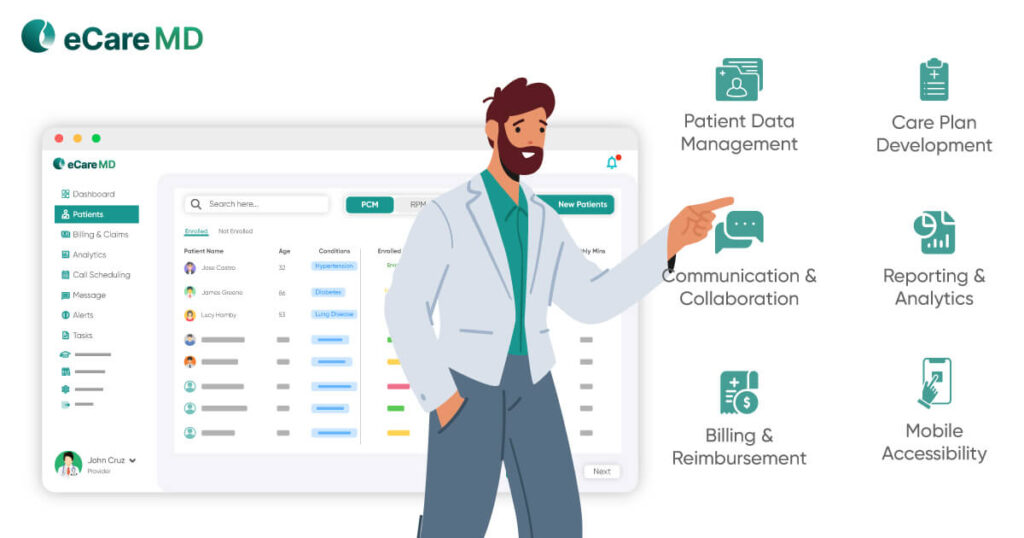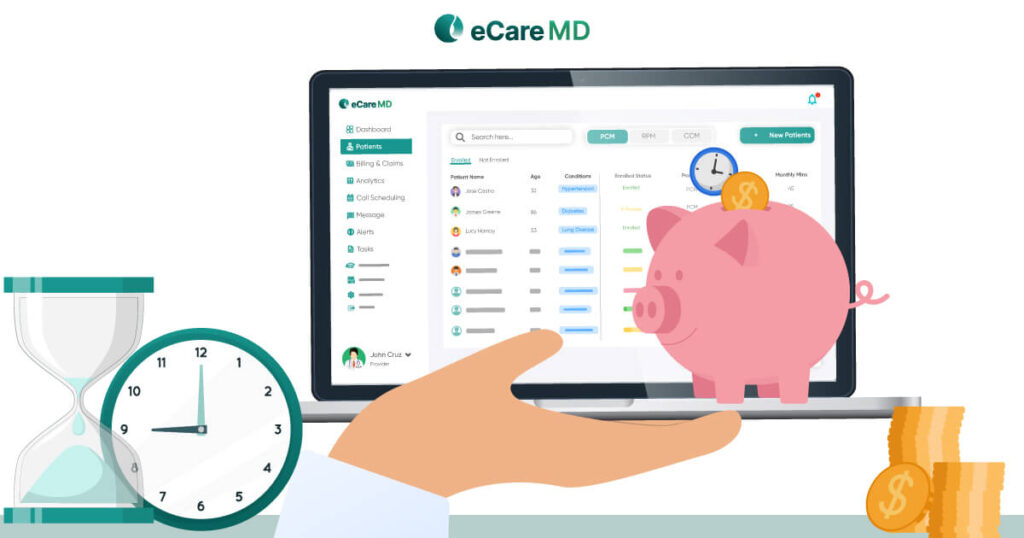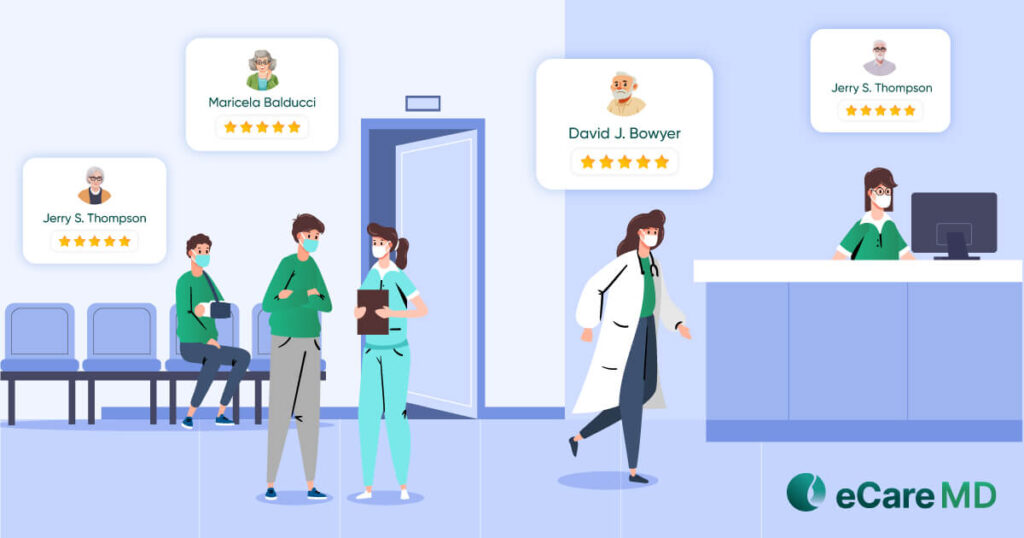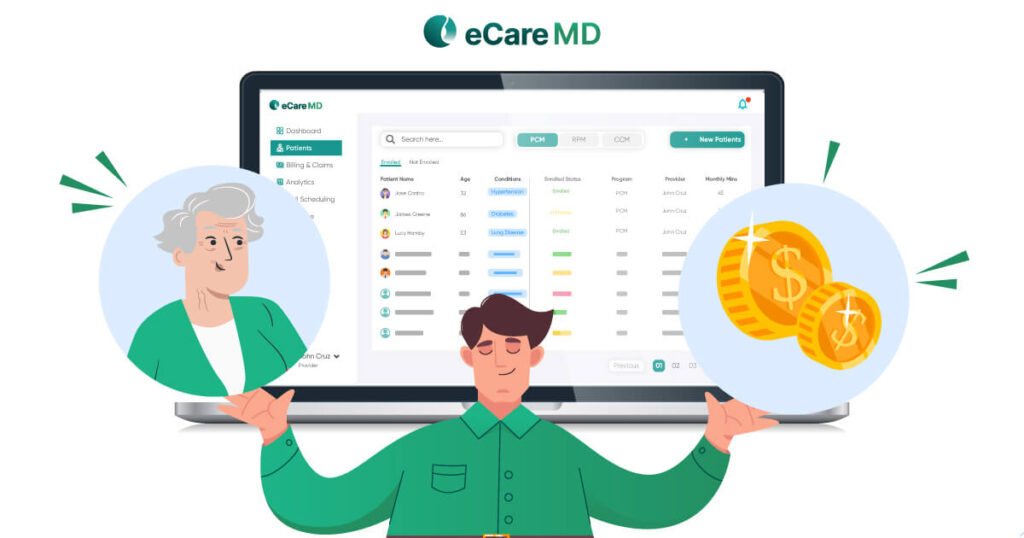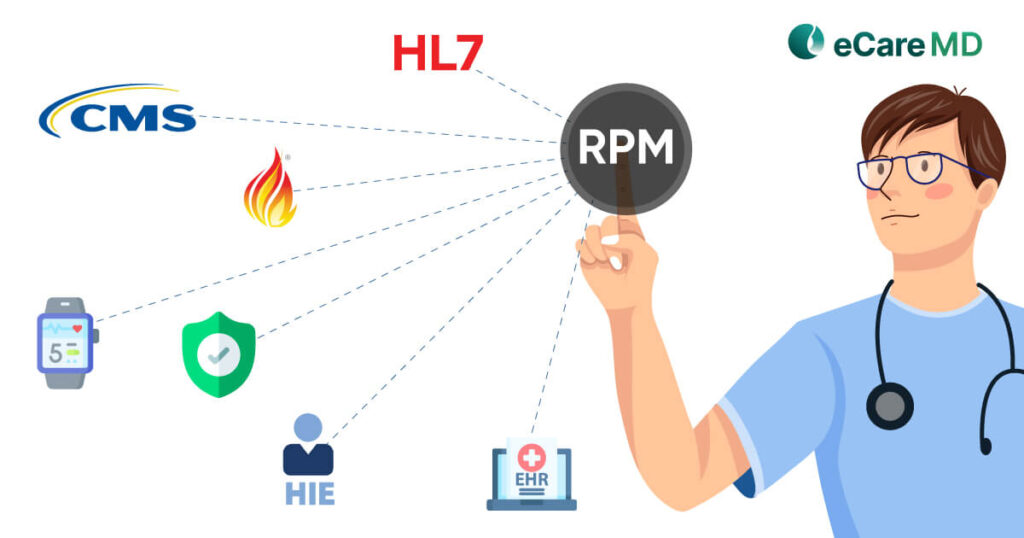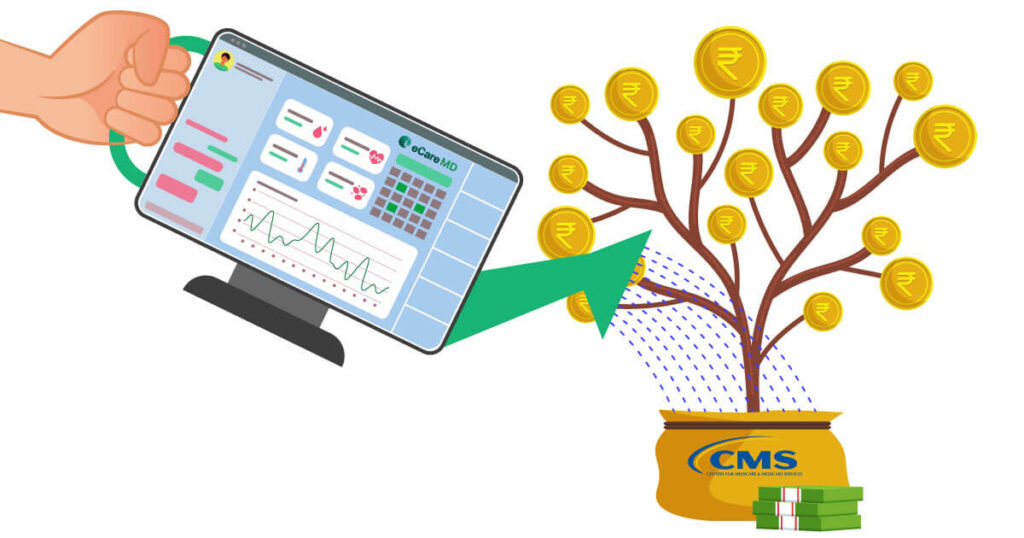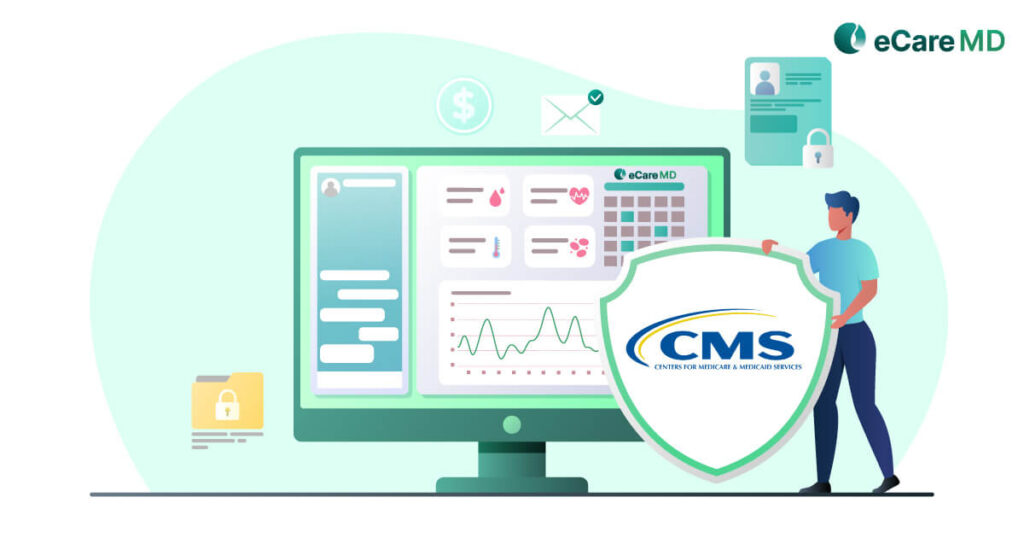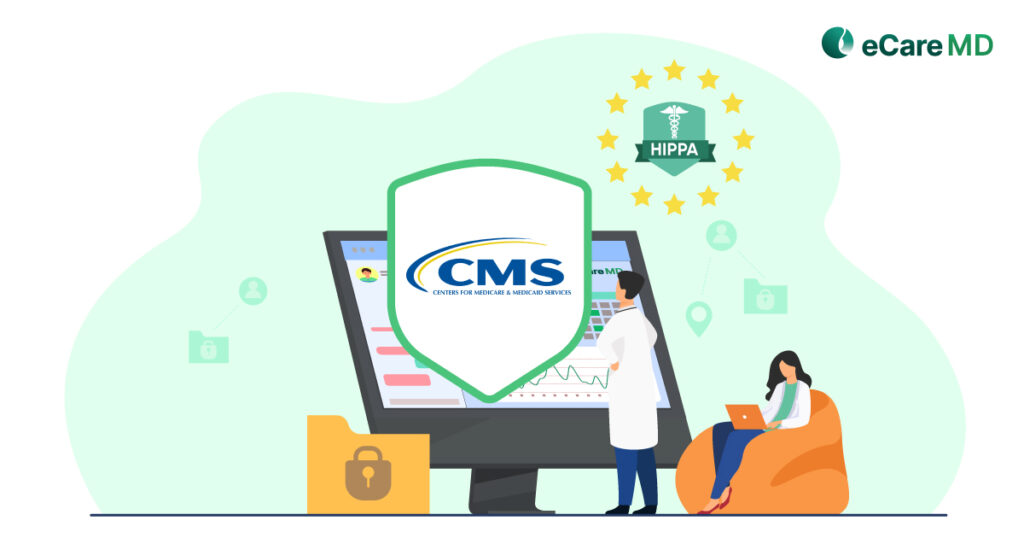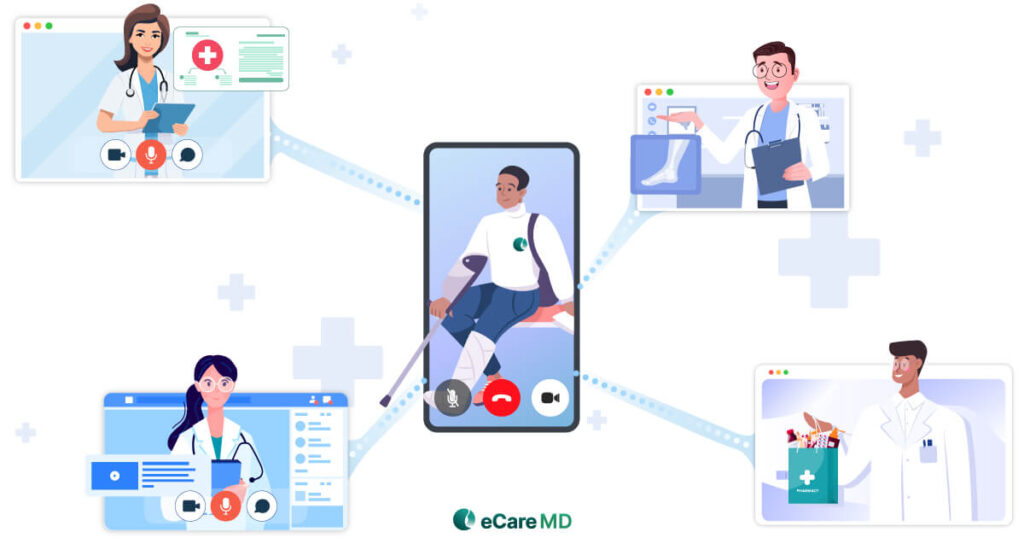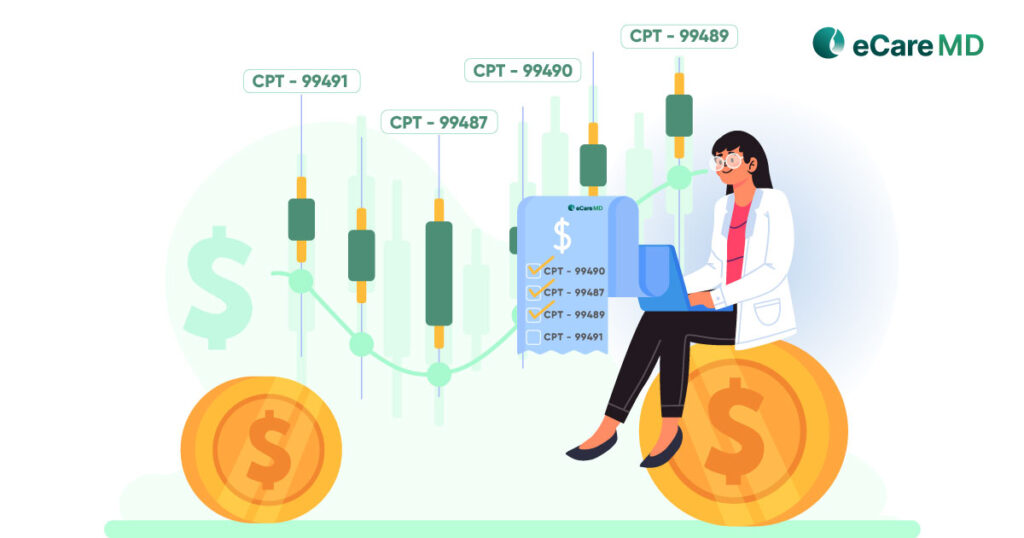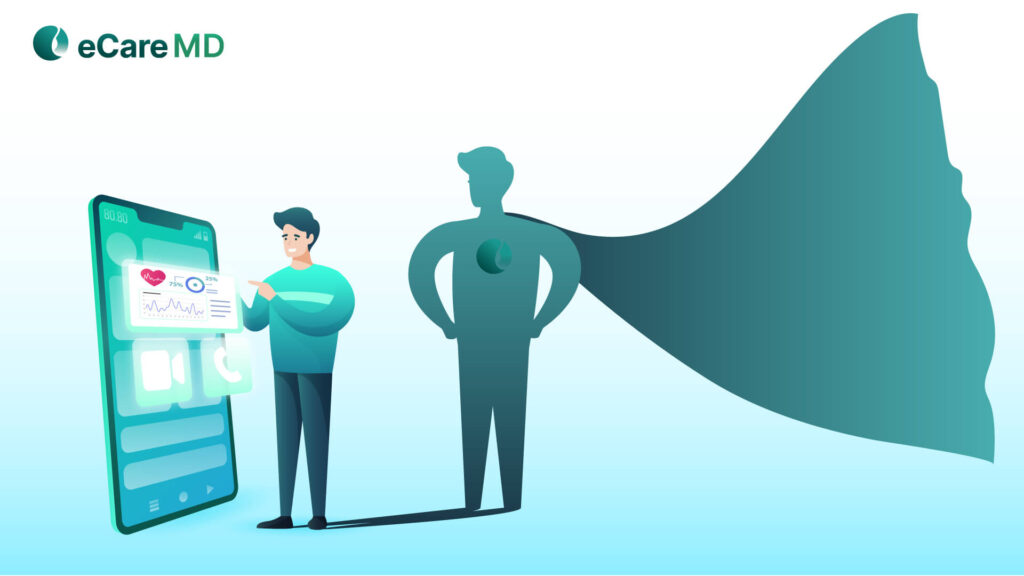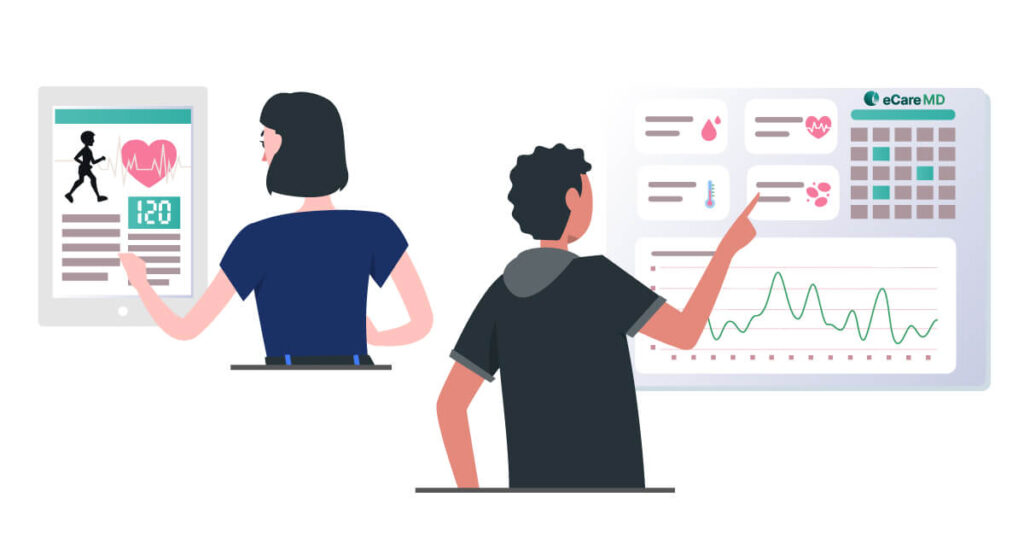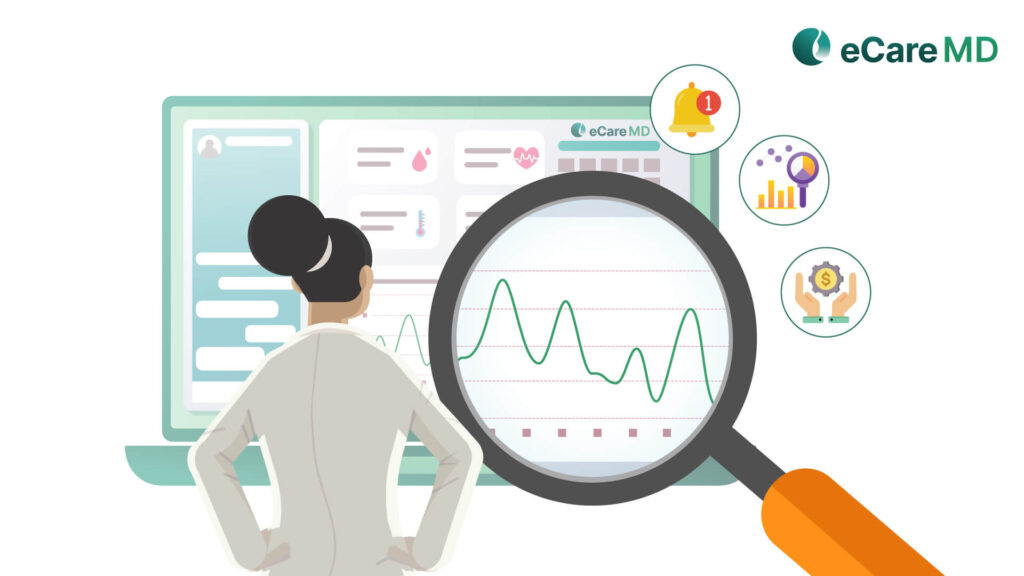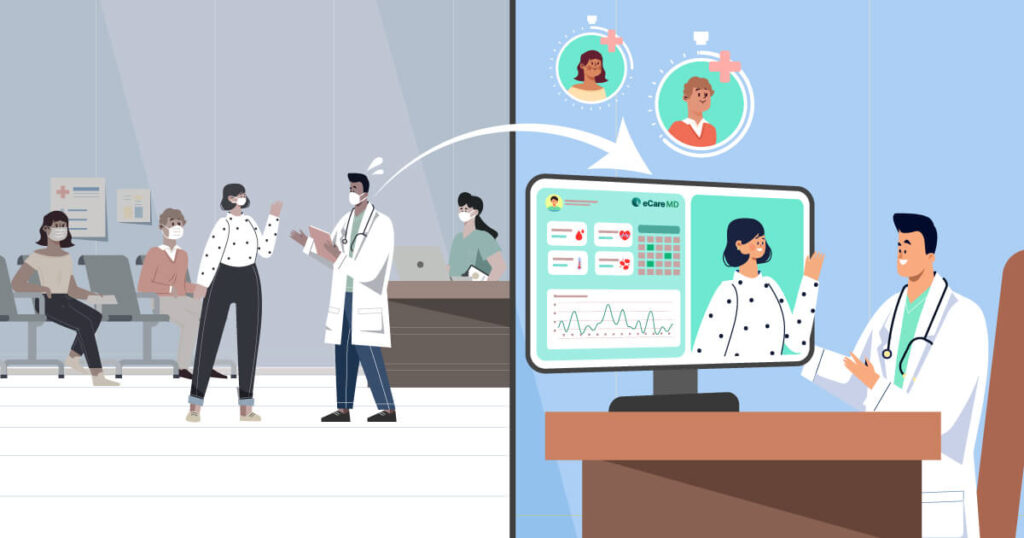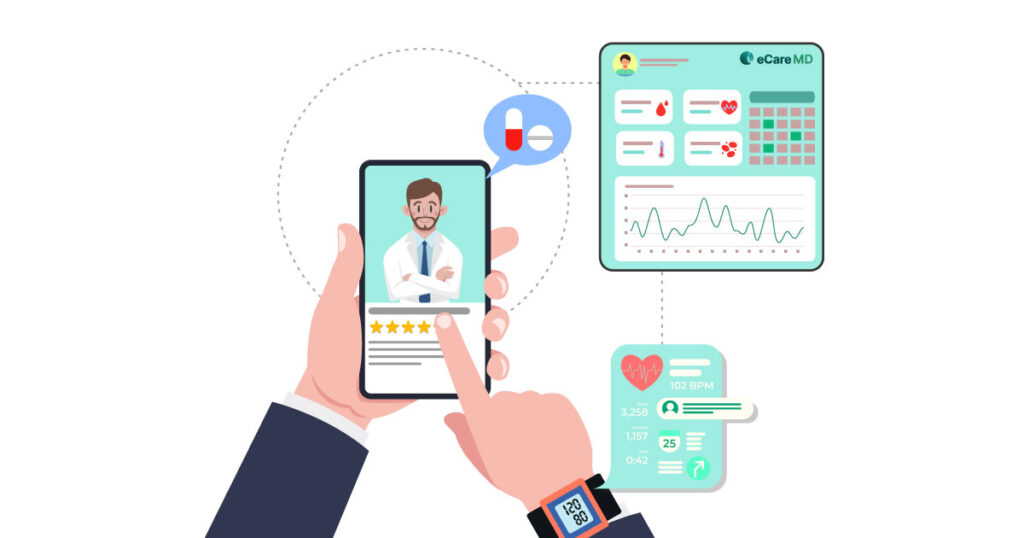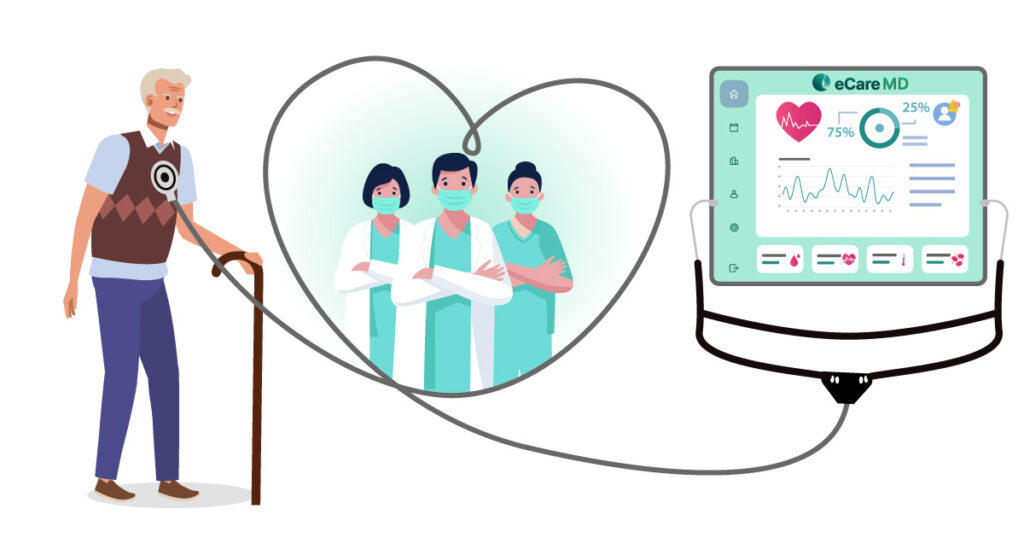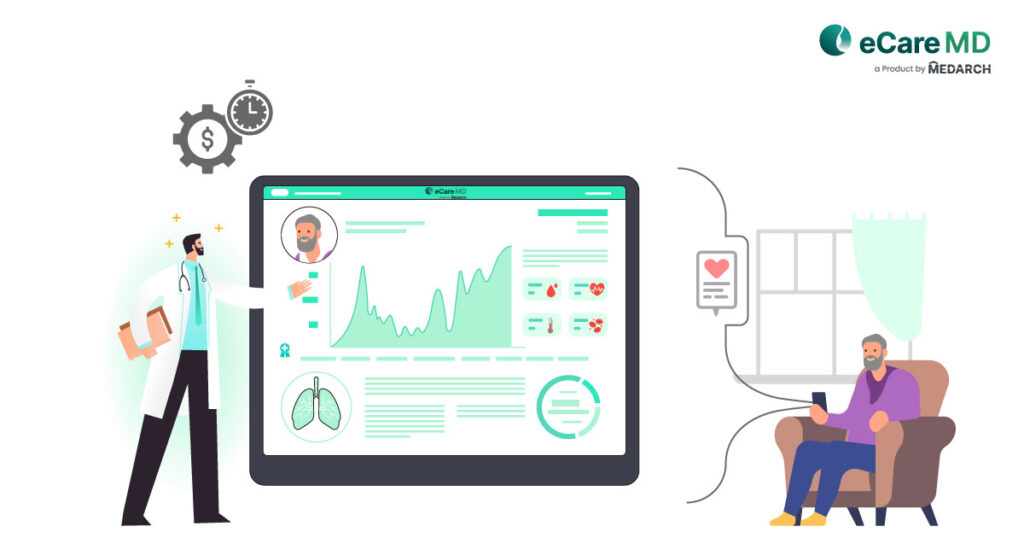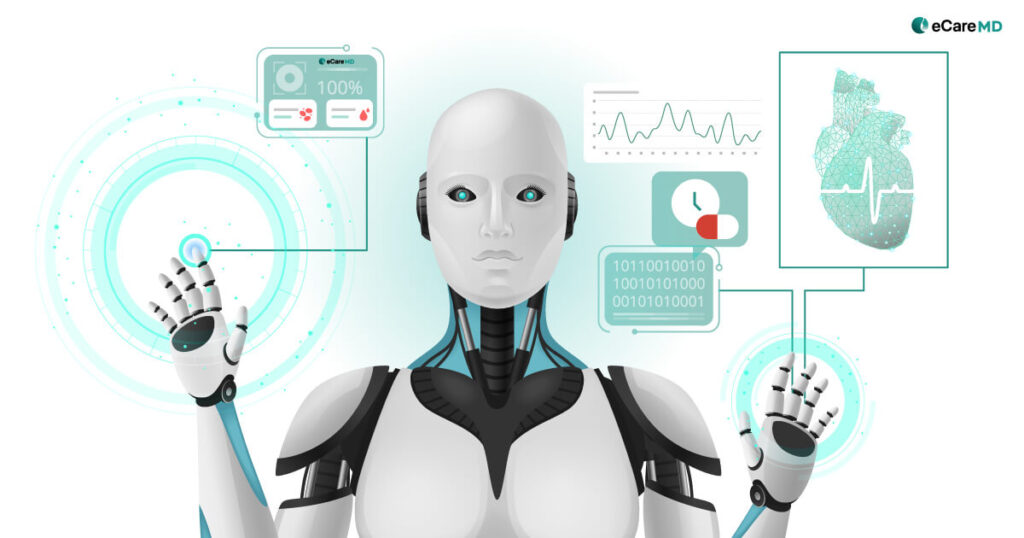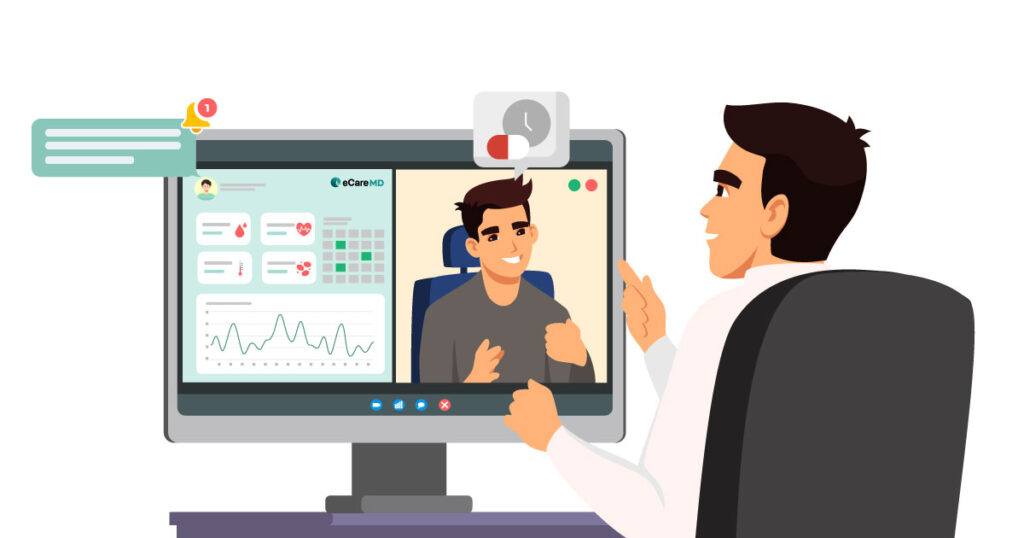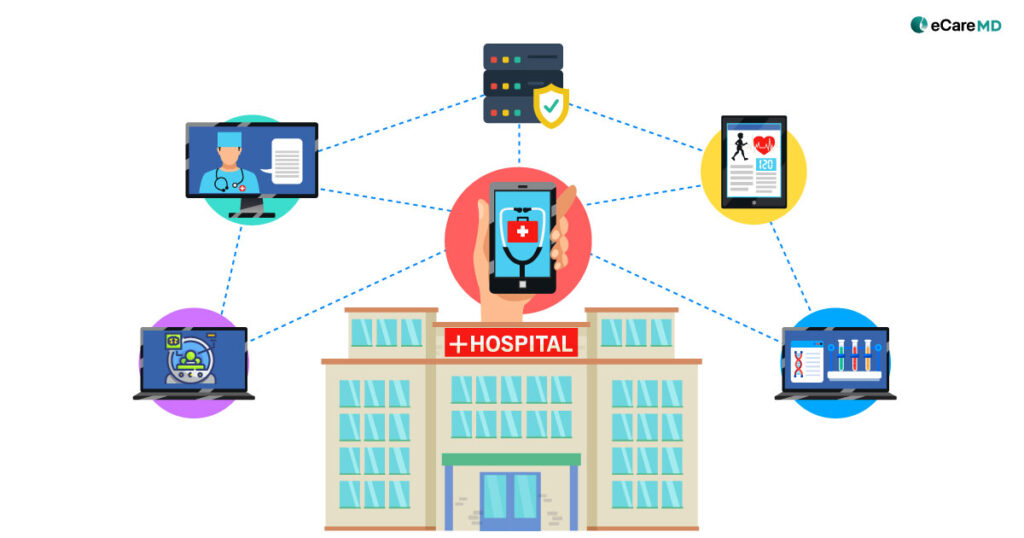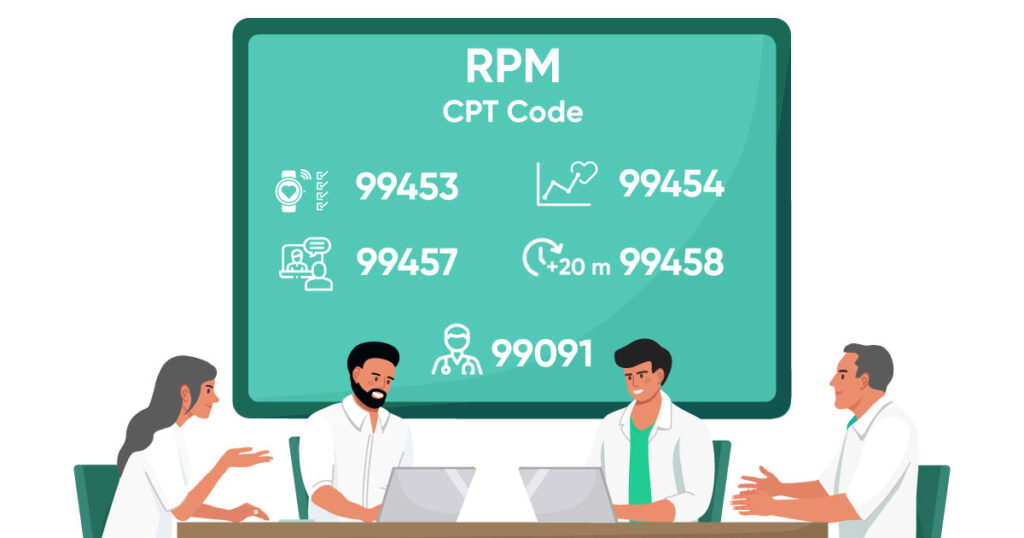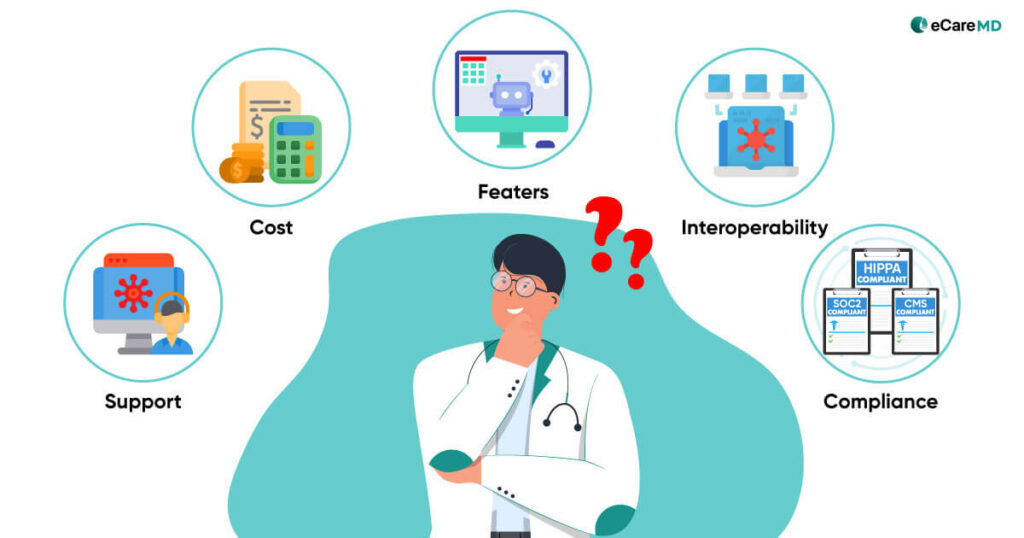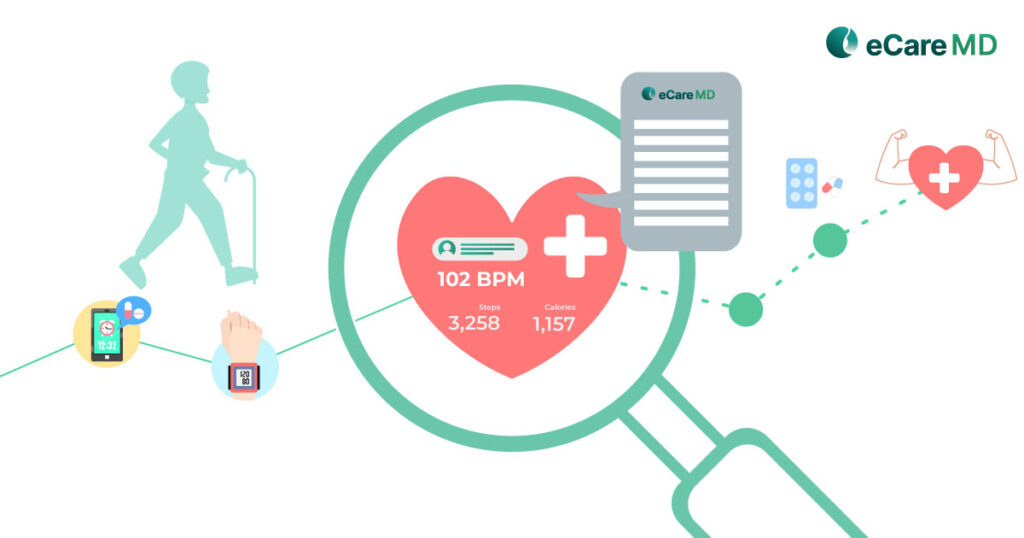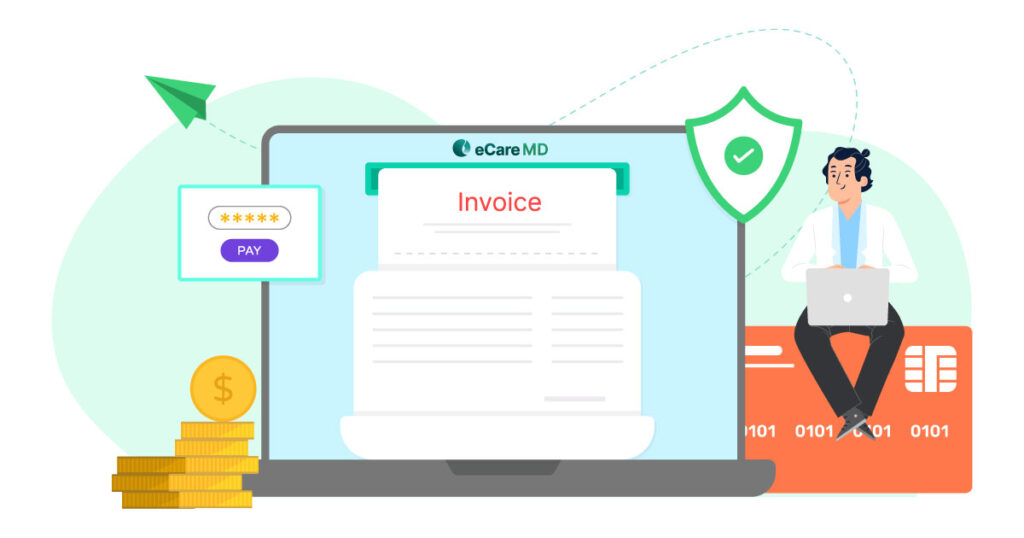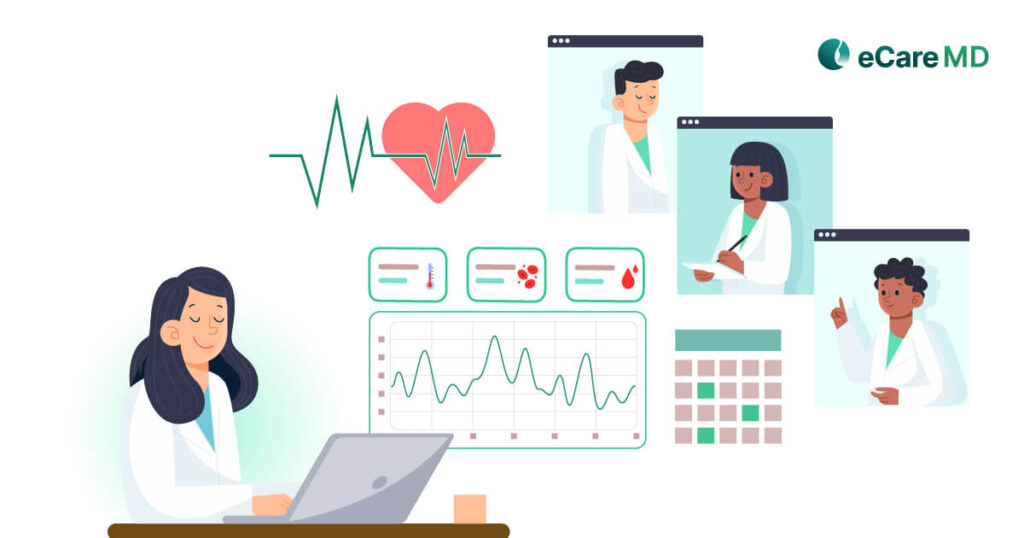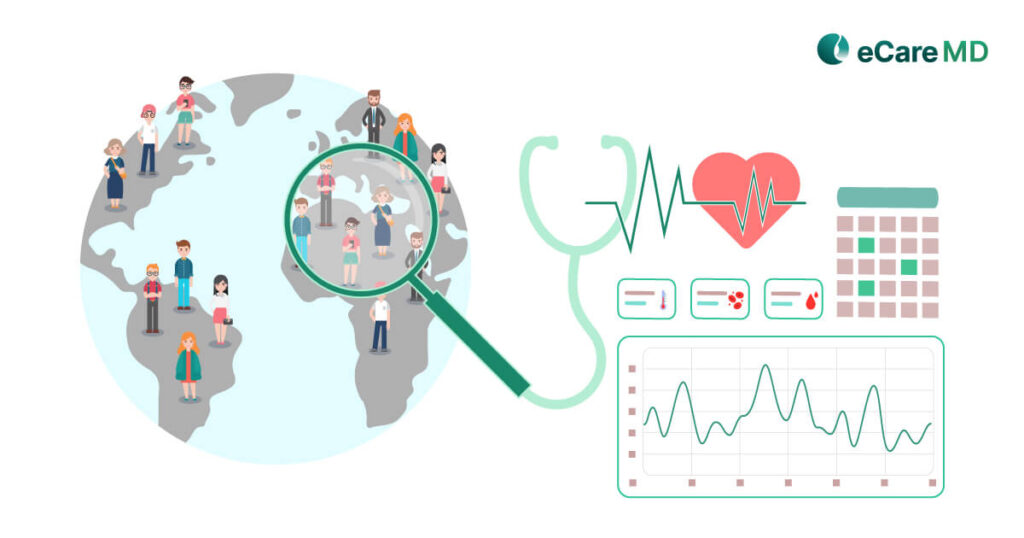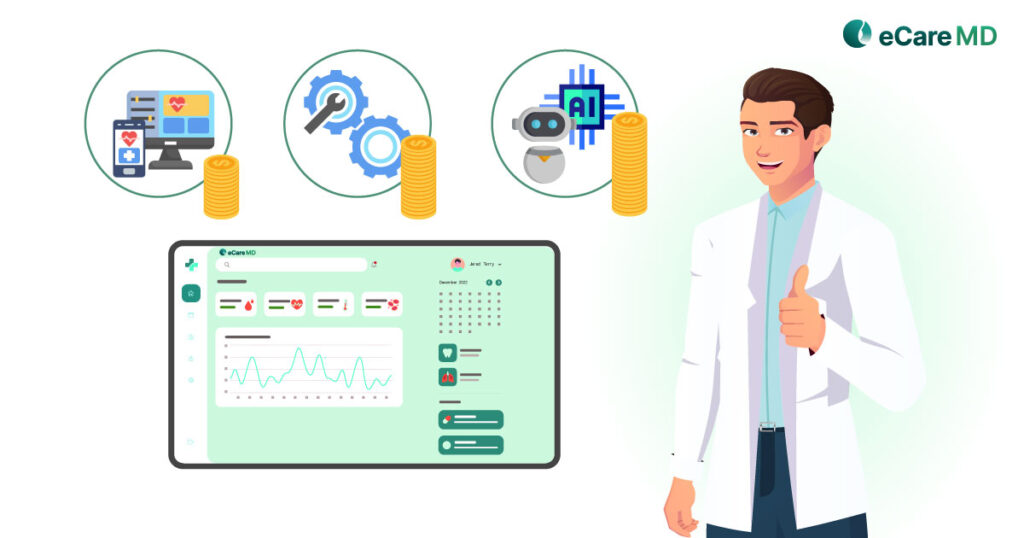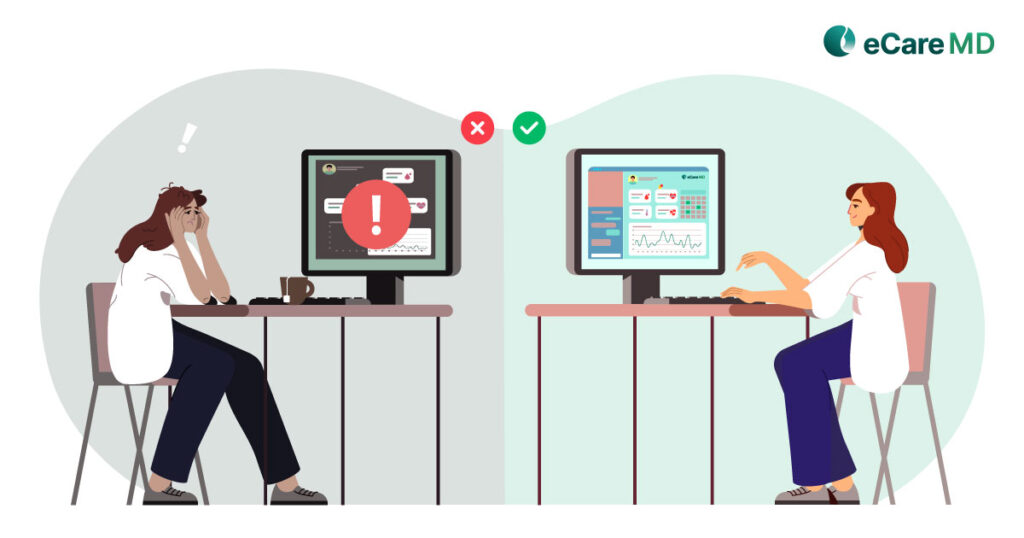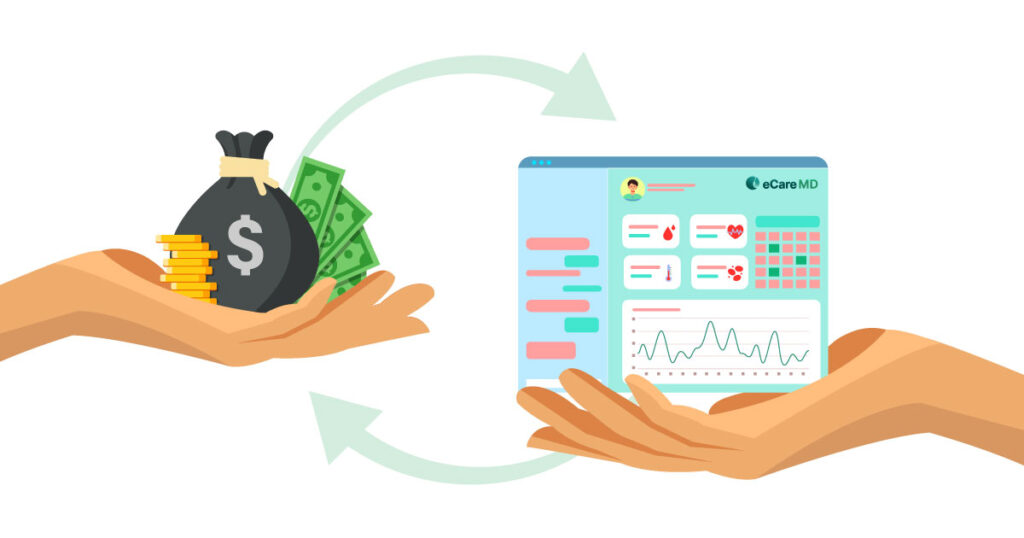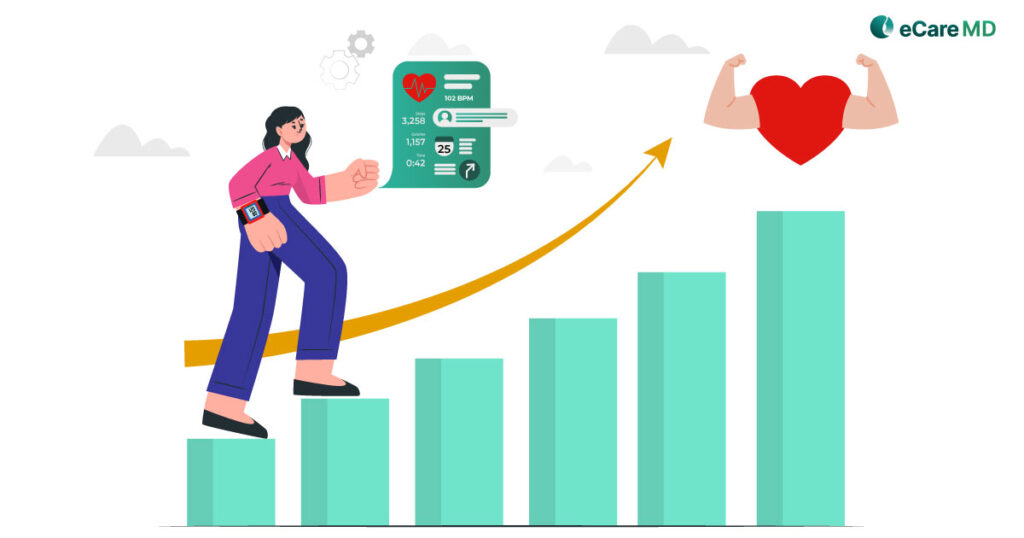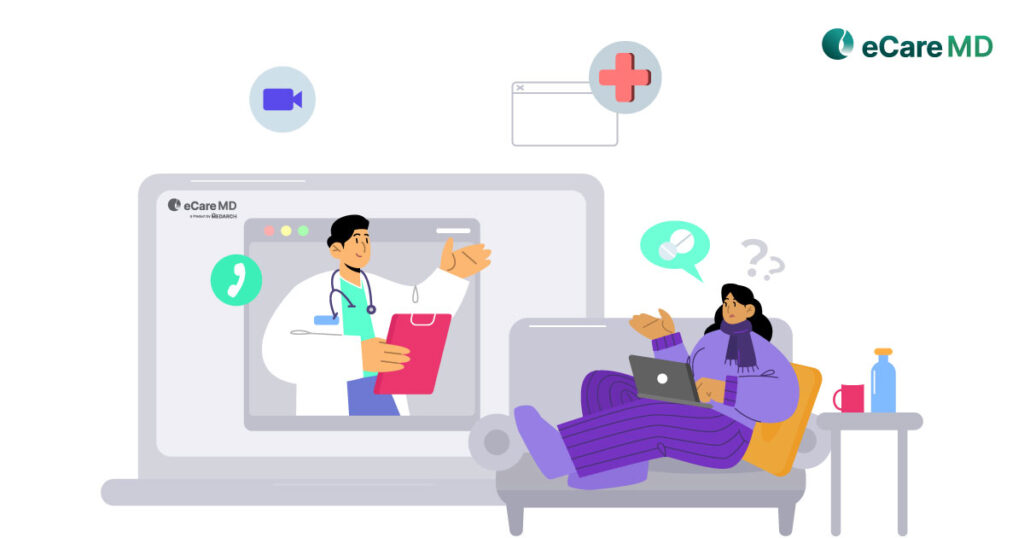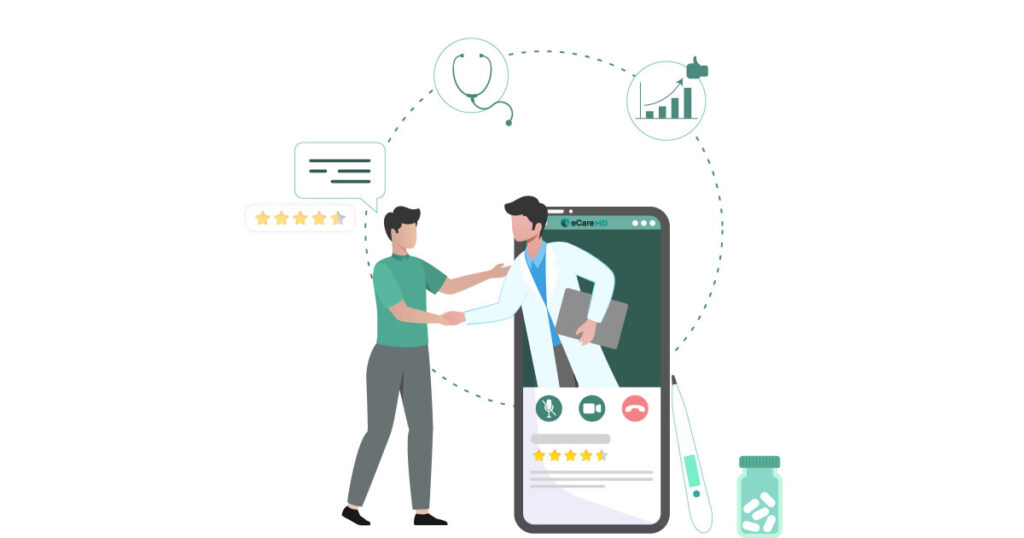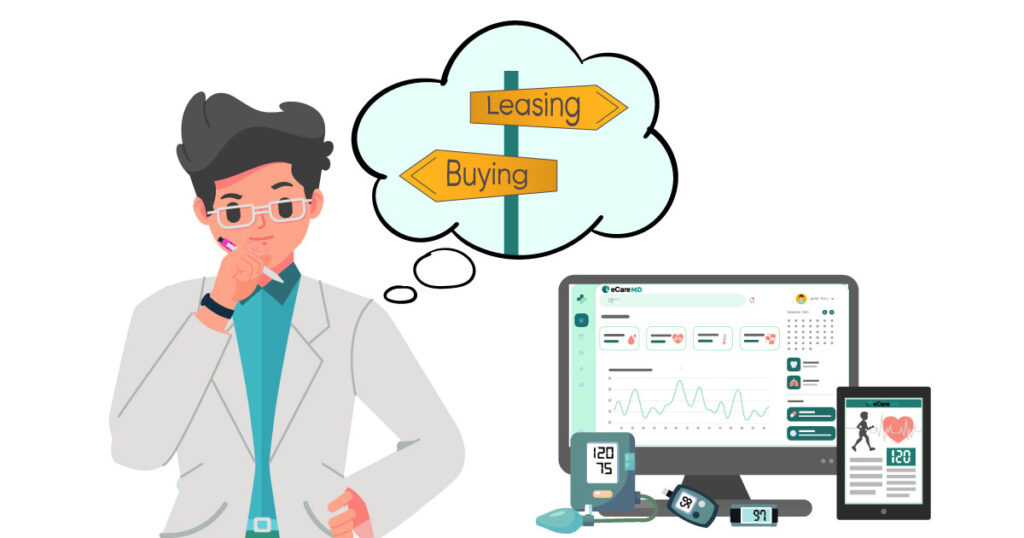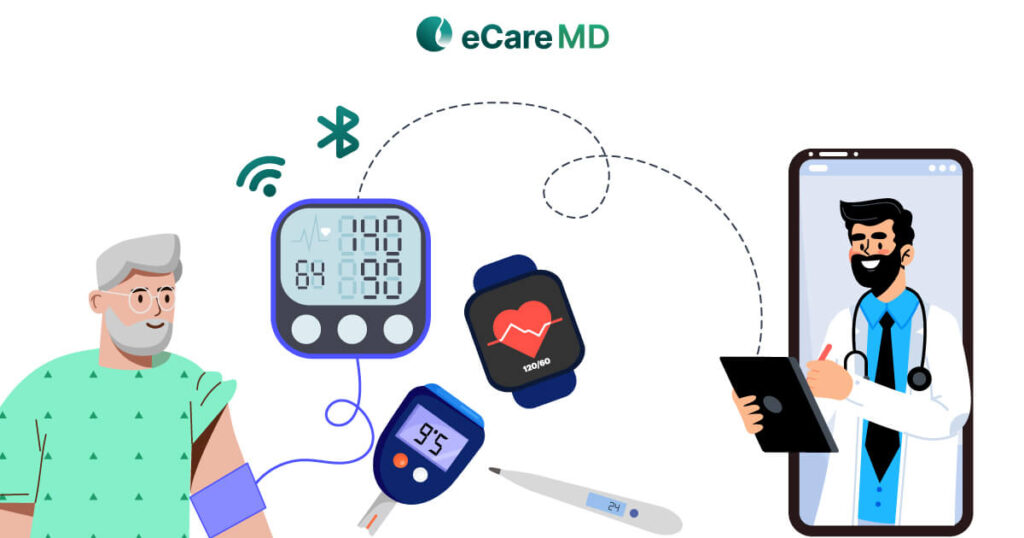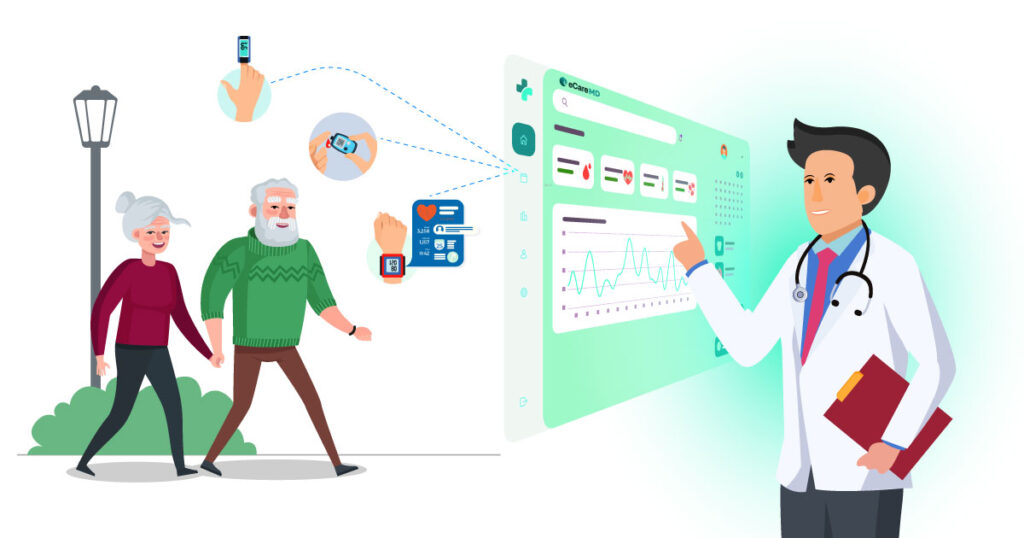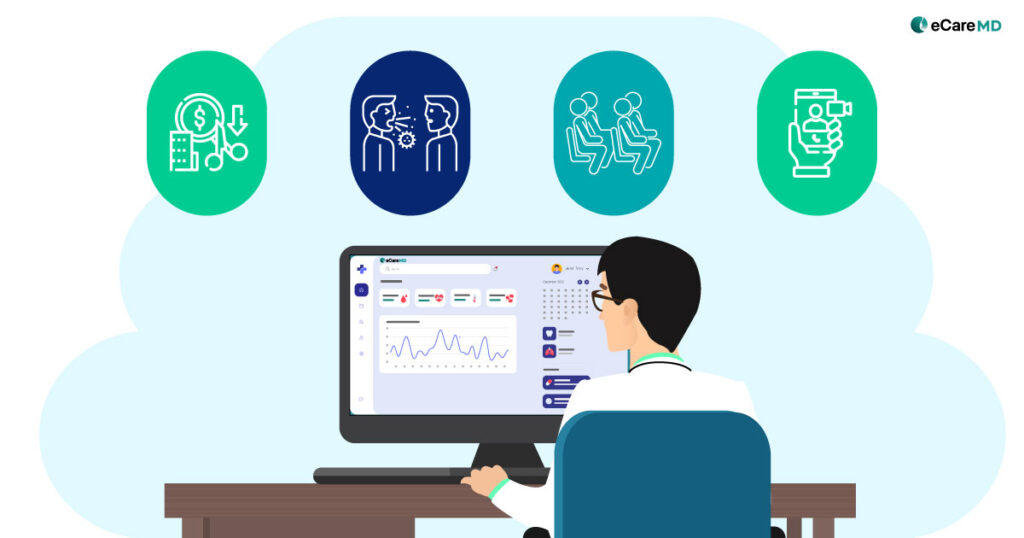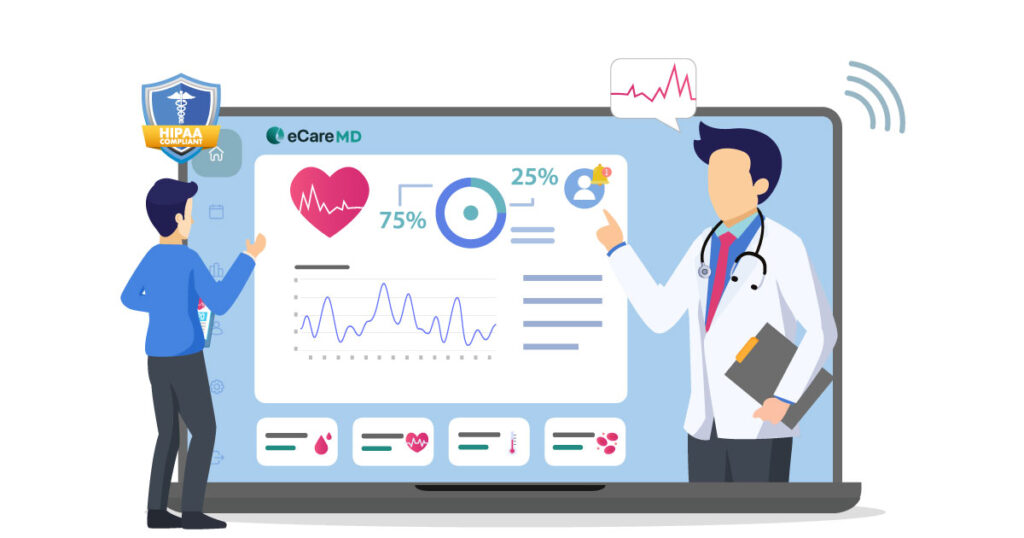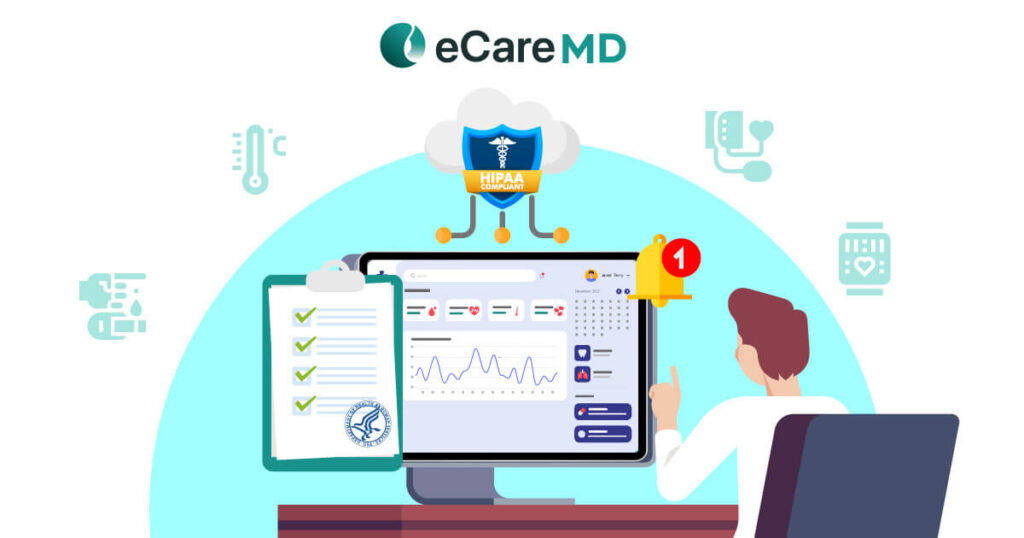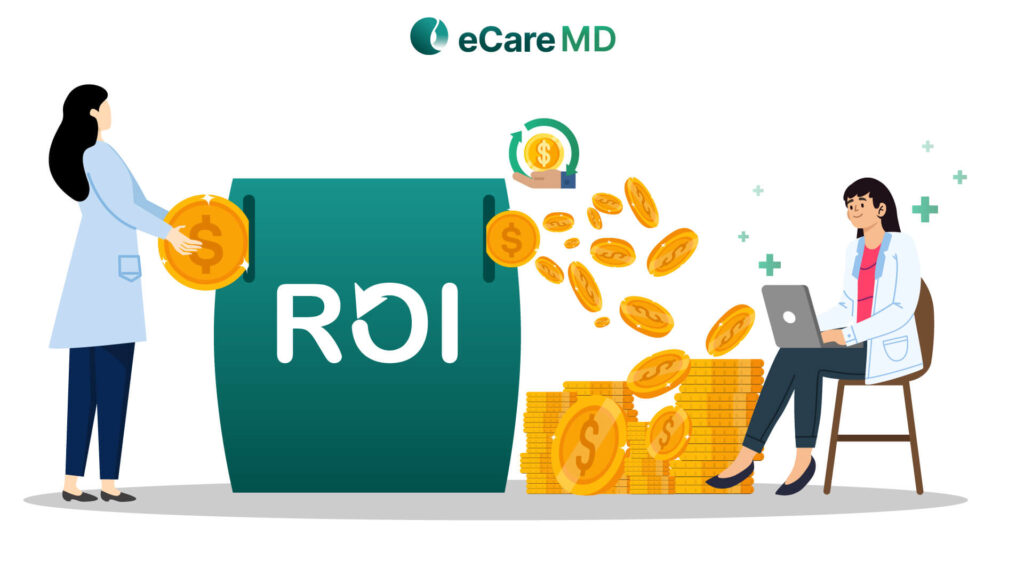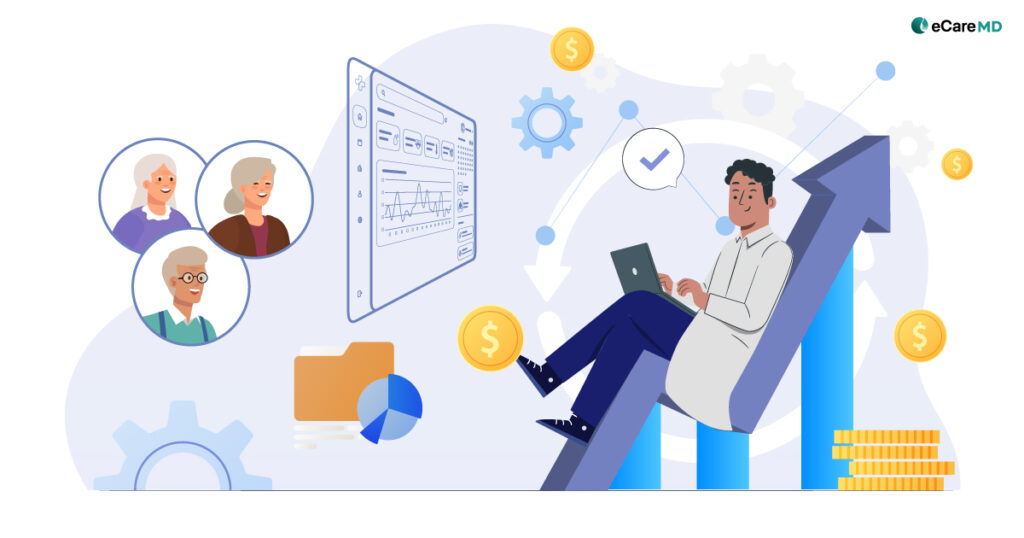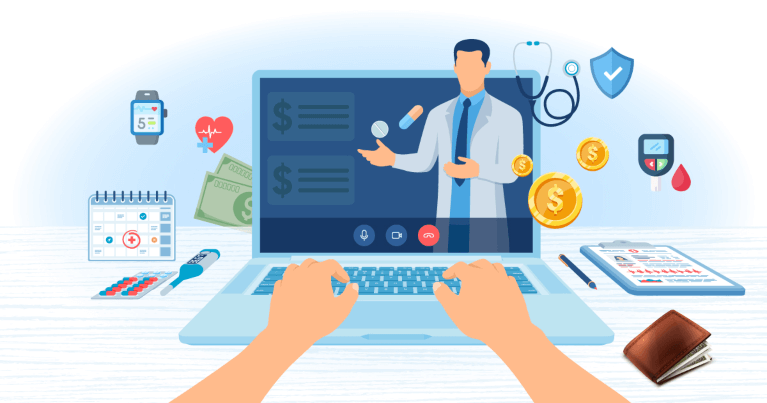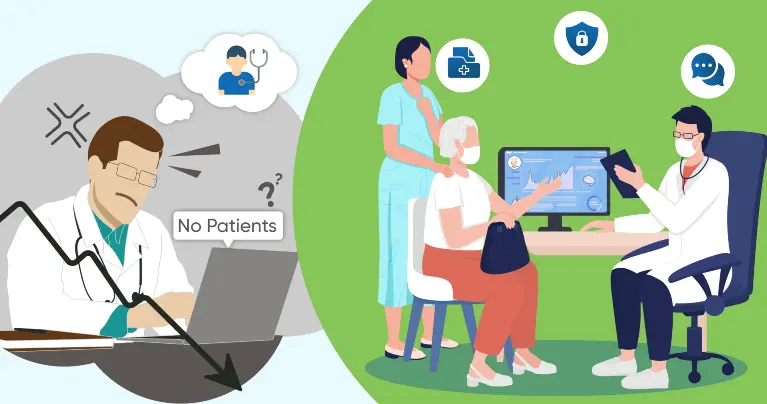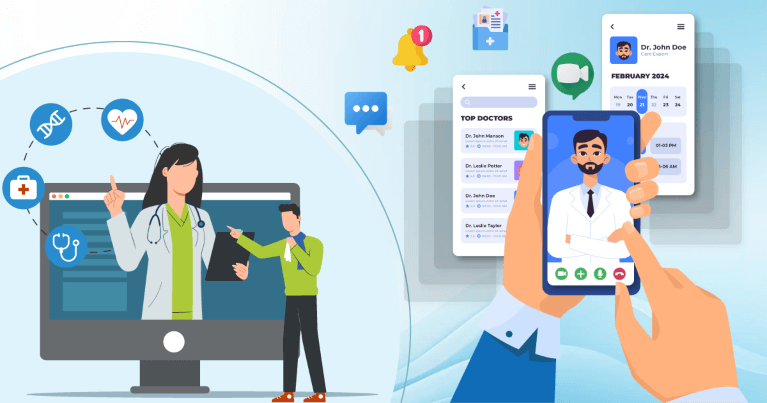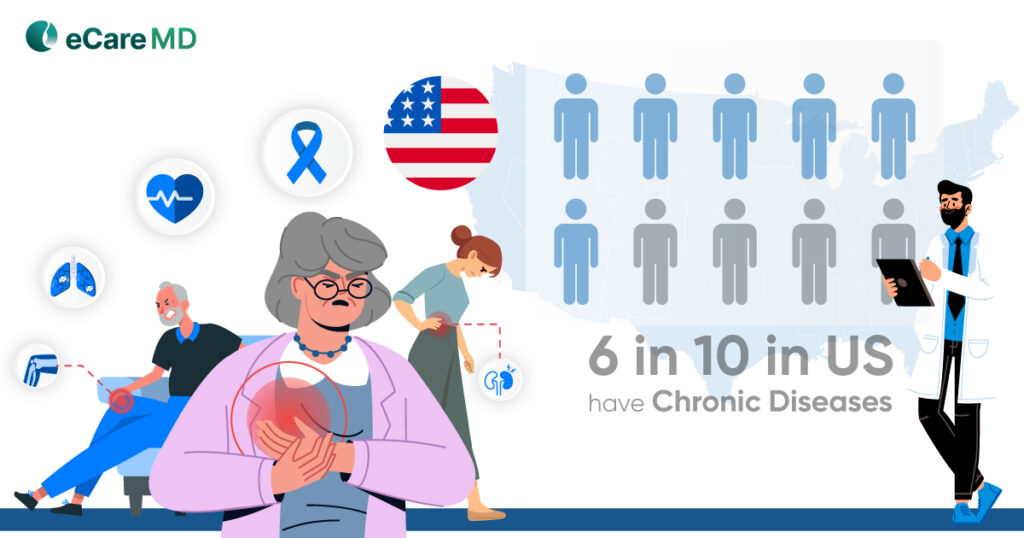Almost 10% of the clinics in the United States have adopted telehealth in 2020 and 2022!
And if someone is to benefit from this, almost 42% of the total US population suffers from chronic conditions.
Though the chronic care management software covered all the basic necessities for managing chronic conditions, it had to rely on telehealth abilities for virtual consultation. And that is the role of telehealth integration in chronic care management software.
Let’s explore how telehealth integration enhances the chronic care management software for better managing chronic conditions.
Download Free Step-by-Step Guide to Telehealth Integration
Download NowThe Midway Out - Telehealth in Chronic Care Management
Benefits of Telehealth Integration in CCM
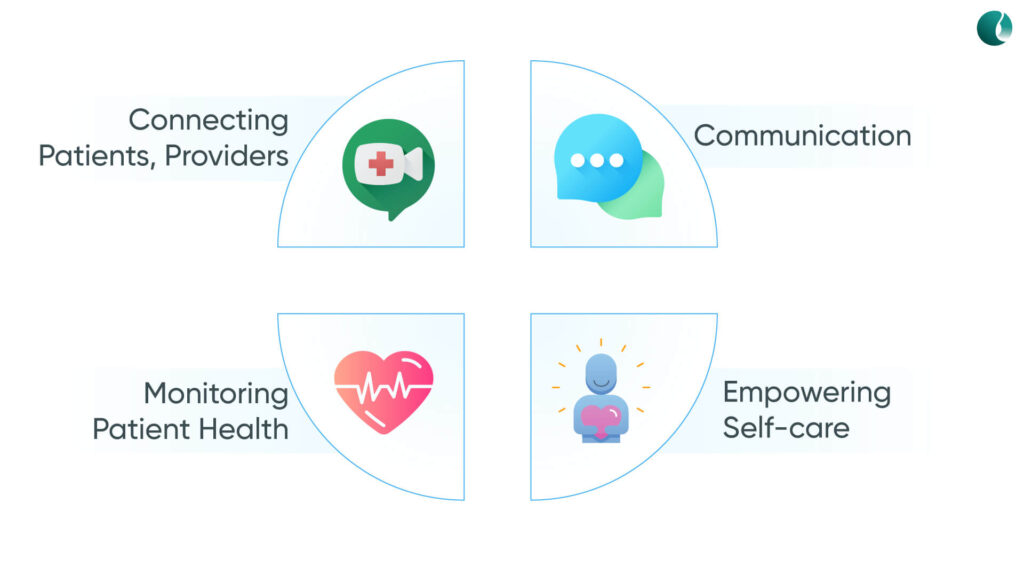
1. Virtually Connecting Patients and Providers
If you’re still reading this, then you must have figured out the major benefit of telehealth integration in chronic care management software. In simple words, telehealth integration allows patients and providers to securely connect virtually.
2. Streamline Patient Management and Communication
3. Monitoring Patient Health Remotely
It might sound a little off the topic, but telehealth integration goes beyond providing virtual consultations. A successful telehealth integration combines well with the unique features of chronic care management software to bring ease in providing healthcare facilities.
4. Empowering Patients in Self-care
In a nutshell, telehealth integration in chronic care management software lays the foundation of communications, and the convenience it brings by providing different modes of communication is simply remarkable for increasing patient engagement.
Free Step-by-Step Guide to Telehealth Integration
Security and Compliance Considerations
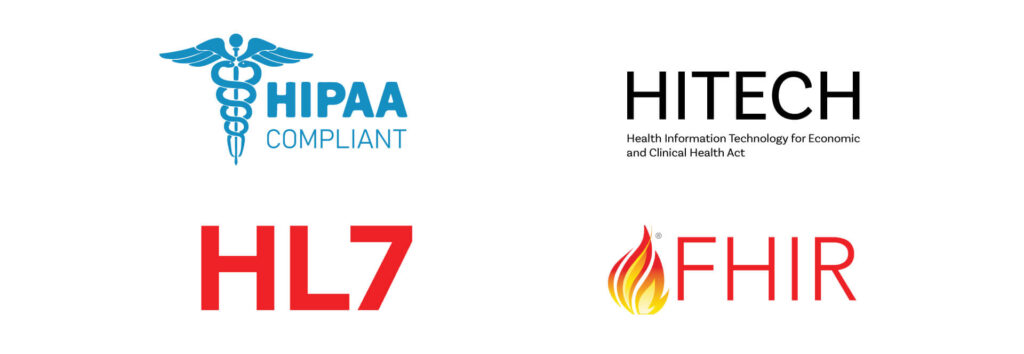
Telehealth and chronic care management software combined make the healthcare journey much easier for both parties. However, its digital nature makes it prone to security threats and data breaches. Failing to make the healthcare platform can put the patient data at risk, which can question the credibility of the software and also compromise the patient’s fundamental rights.
- HIPAA Compliance
- GDPR
- Interoperability standards like HL7 and FHIR
- Robust APIs for authorized access
Challenges & Solutions in Telehealth Integration
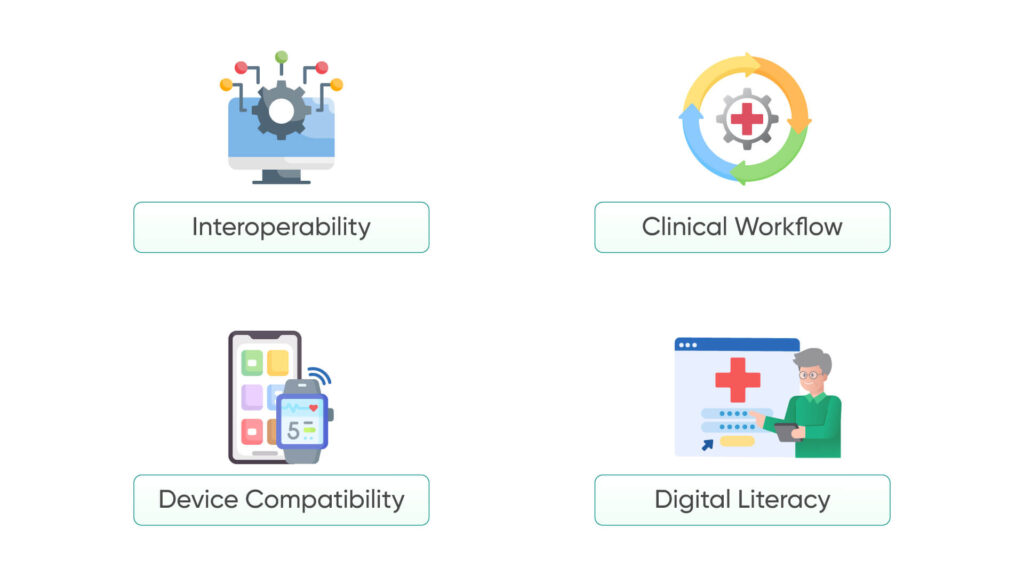
It is telehealth integration that makes the chronic care management software so lucrative in nature. However, there are several challenges that you should overcome for successful and widespread adoption. Some of the most common challenges and their possible solutions are given below:
- Interoperability: Achieving interoperability is one of the major challenges in the entire digital healthcare landscape. It enables a smooth flow of information from one system to another. The inability of healthcare systems not being able to communicate efficiently can create data silos and hinder information exchange. However, the best solution to achieve interoperability is to follow the standard data formats like HL7 and FHIR.
- Clinical Workflow Adoption: Every clinical practice functions in a unique pattern that is distinct from other practices. Most of the clinical look to adopt the same workflow in virtual care as well. This makes it difficult for telehealth to be successfully integrated with chronic care management software. The best way to overcome this is by defining the workflow of the software with respect to your clinical practice and providing extensive hands-on training to the staff for successful implementation.
- Device Compatibility: Remote patient monitoring devices make up a major portion of chronic care management programs and software. Here, it is important to understand that not all of the RPM devices integrate successfully with the CCM software, which can limit data collection and further processes. However, this problem can be easily overcome by choosing the right RPM devices that are compliant with FDA regulations and also compatible with your CCM software.
- Digital Literacy: The older generation, who are used to traditional healthcare practices, finds it difficult to adapt to digital means of healthcare due to a lack of digital literacy. This restricts them from using telehealth tools comfortably and effectively. Though it might sound like a major issue, a major population lacks digital literacy, especially in healthcare. On the bright side, it can be easily overcome with additional training and support.
Future Trends in Telehealth & CCM
Conclusion
Integrating telehealth with chronic care management software is beyond just simplifying and enhancing the communications channels in the CCM software. In the current digital healthcare landscape, especially in chronic care, it is what facilitates major components of care, which are coordinated care and data-based care delivery, allowing you to give a human touch in the virtual landscape.
As the upcoming generation prefers to receive healthcare services digitally, it is only logical for healthcare practices to explore the telehealth options in chronic care management and adopt them for better and faster care delivery.
So, what’s stopping you from going digital? Let’s start your transformation journey today with eCareMD.
Download Free Guide - Top 5 Ways CCM Software Boost Your Practice’s Efficiency
Download NowFrequently Asked Question’s
- Reduced geographical barriers
- Increased appointment flexibility
- Reduced wait times
- Remote monitoring
- Improved communication
- Reduced healthcare costs
- Improved care coordination
Healthcare providers can use the following tools and strategies to promote patient engagement in CCM through telehealth:
- Remote Patient Monitoring (RPM)
- Patient portals
- Mobile health apps
- Personalized care plans
- Shared decision-making
- Regular communication
Here are five steps to get started with telehealth integration in chronic care management:
- Assess Needs and Feasibility
- Develop a Telehealth Implementation Plan
- Address Regulatory and Compliance Requirements
- Prepare Staff and Patients
- Implement and Monitor

